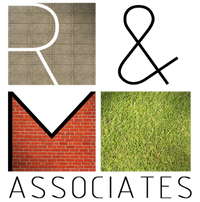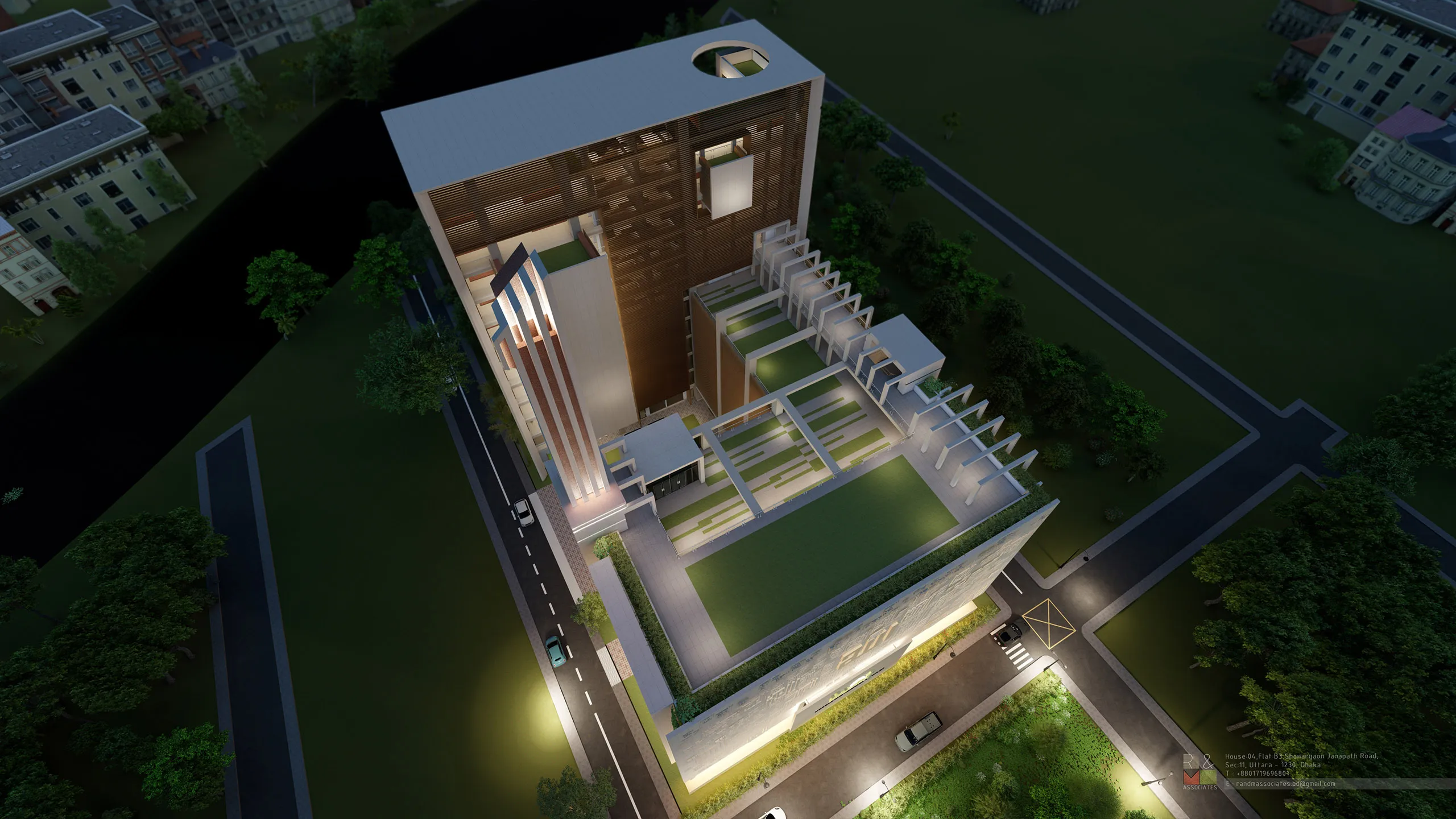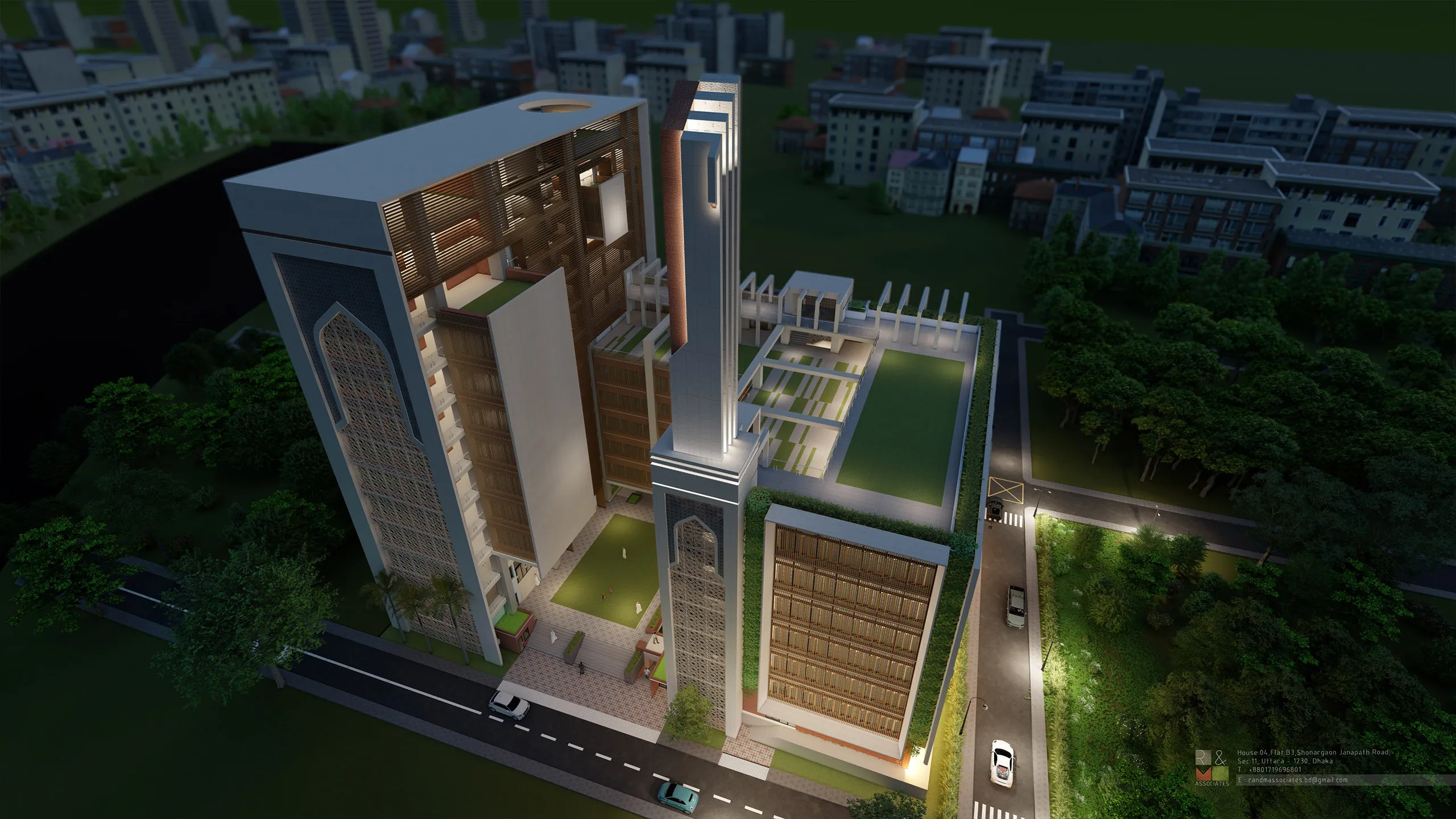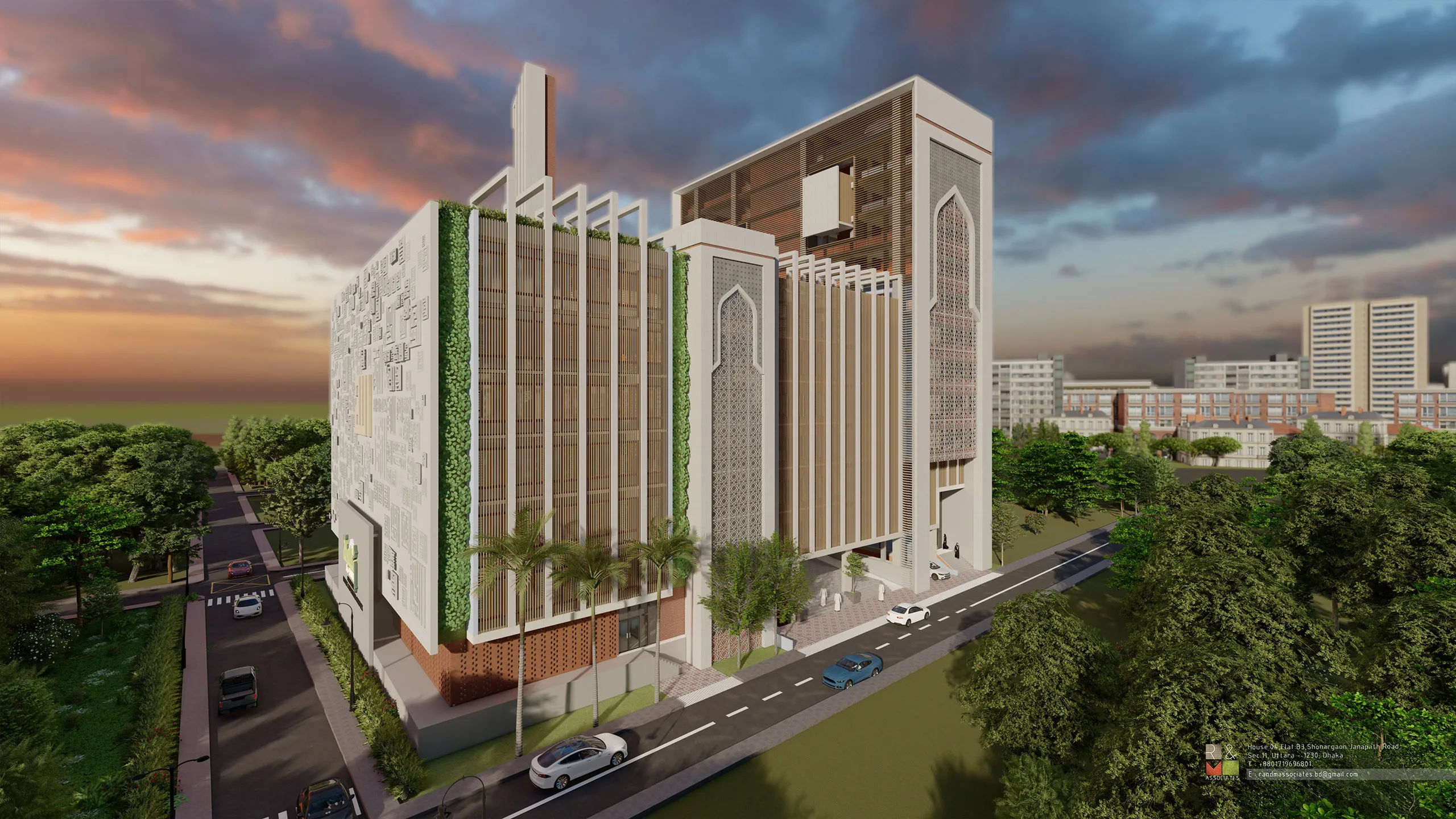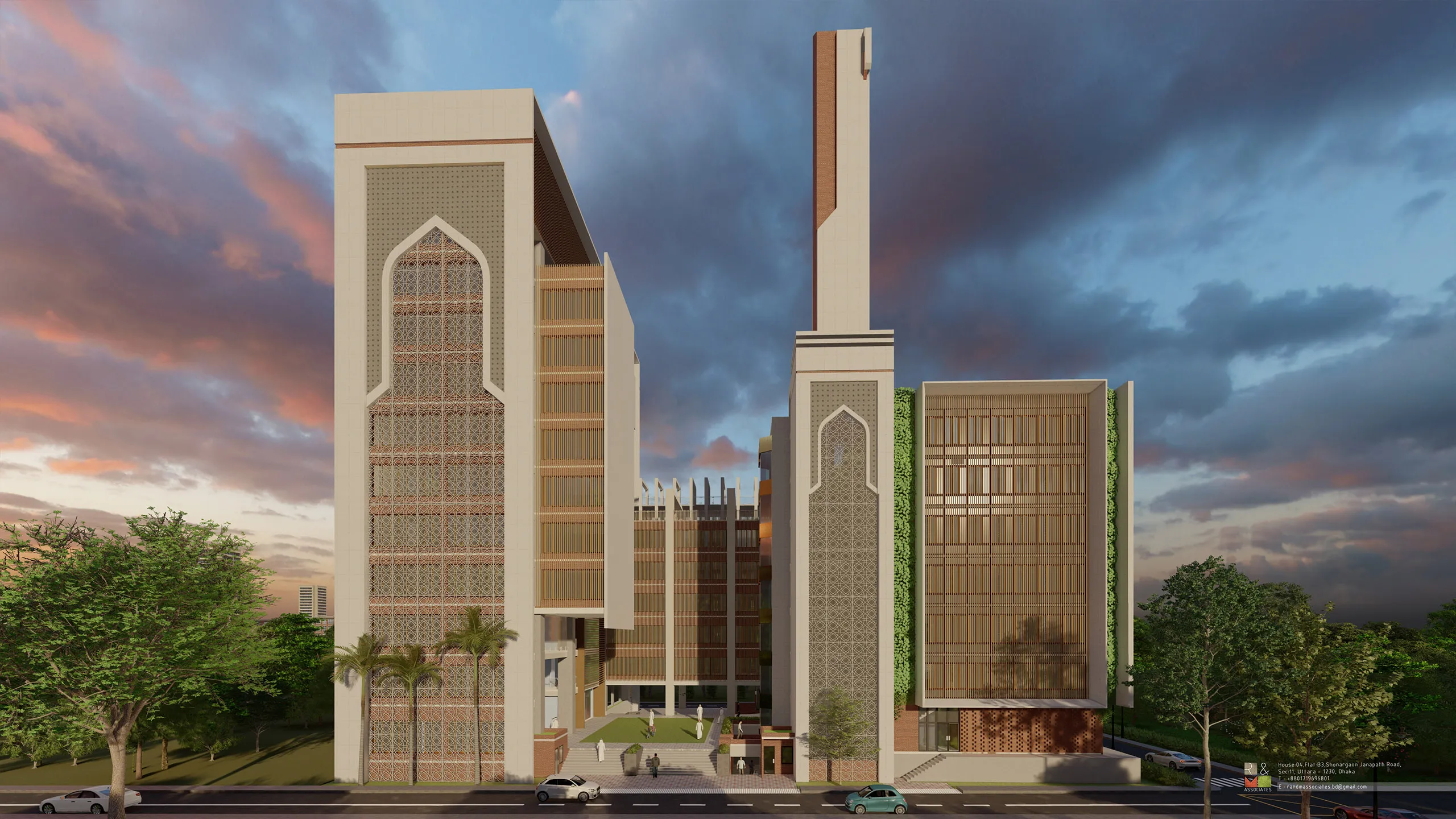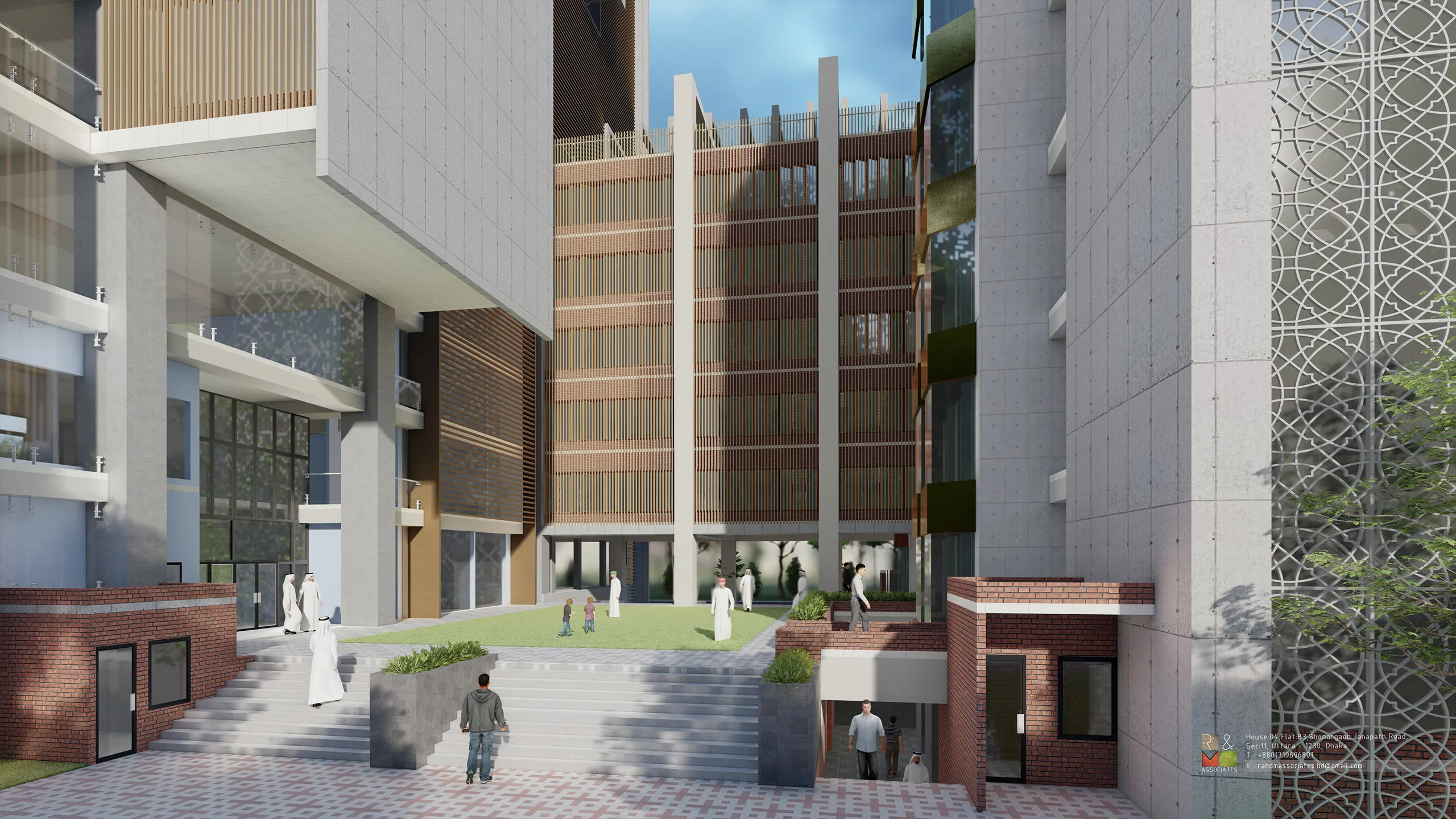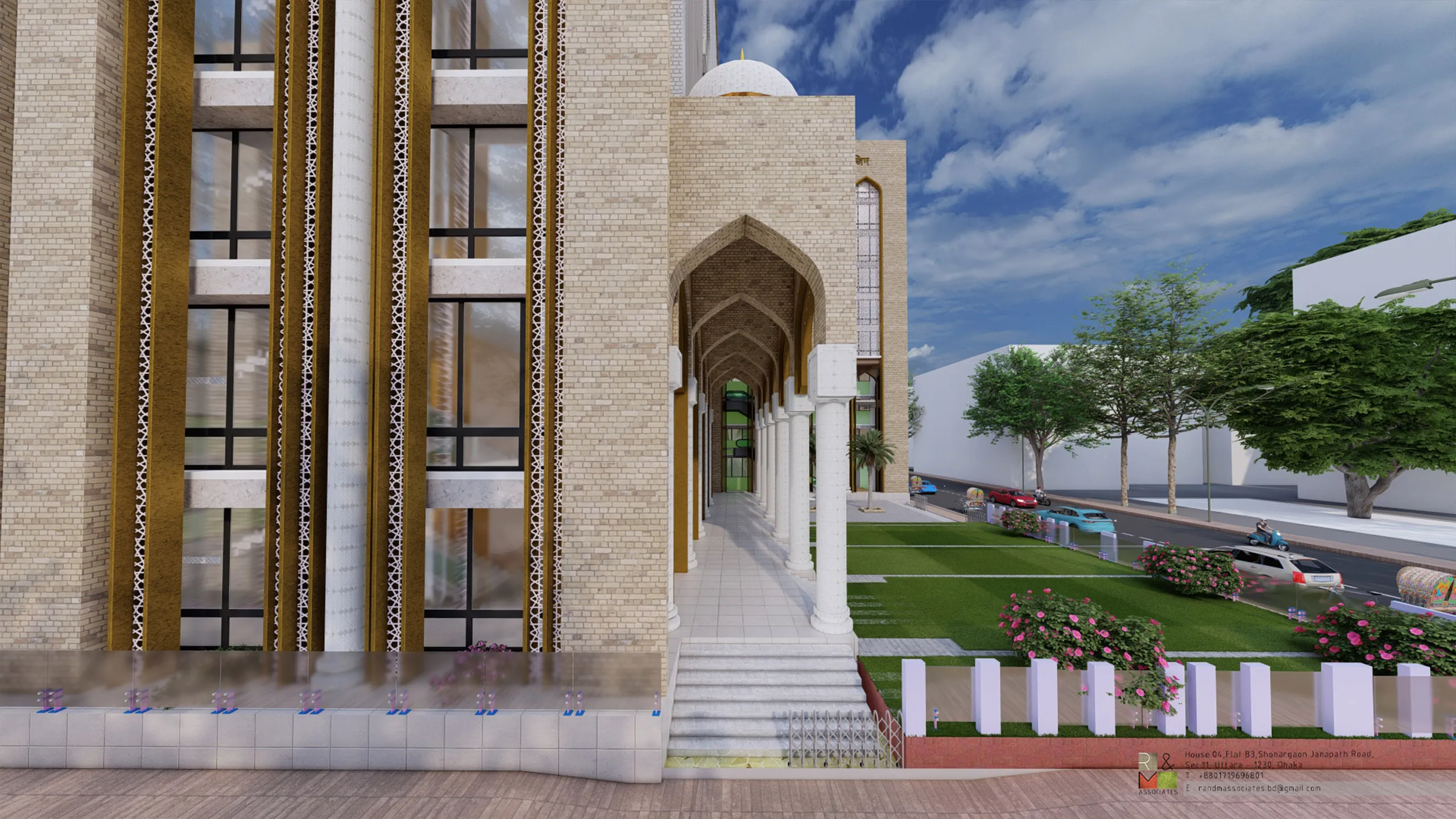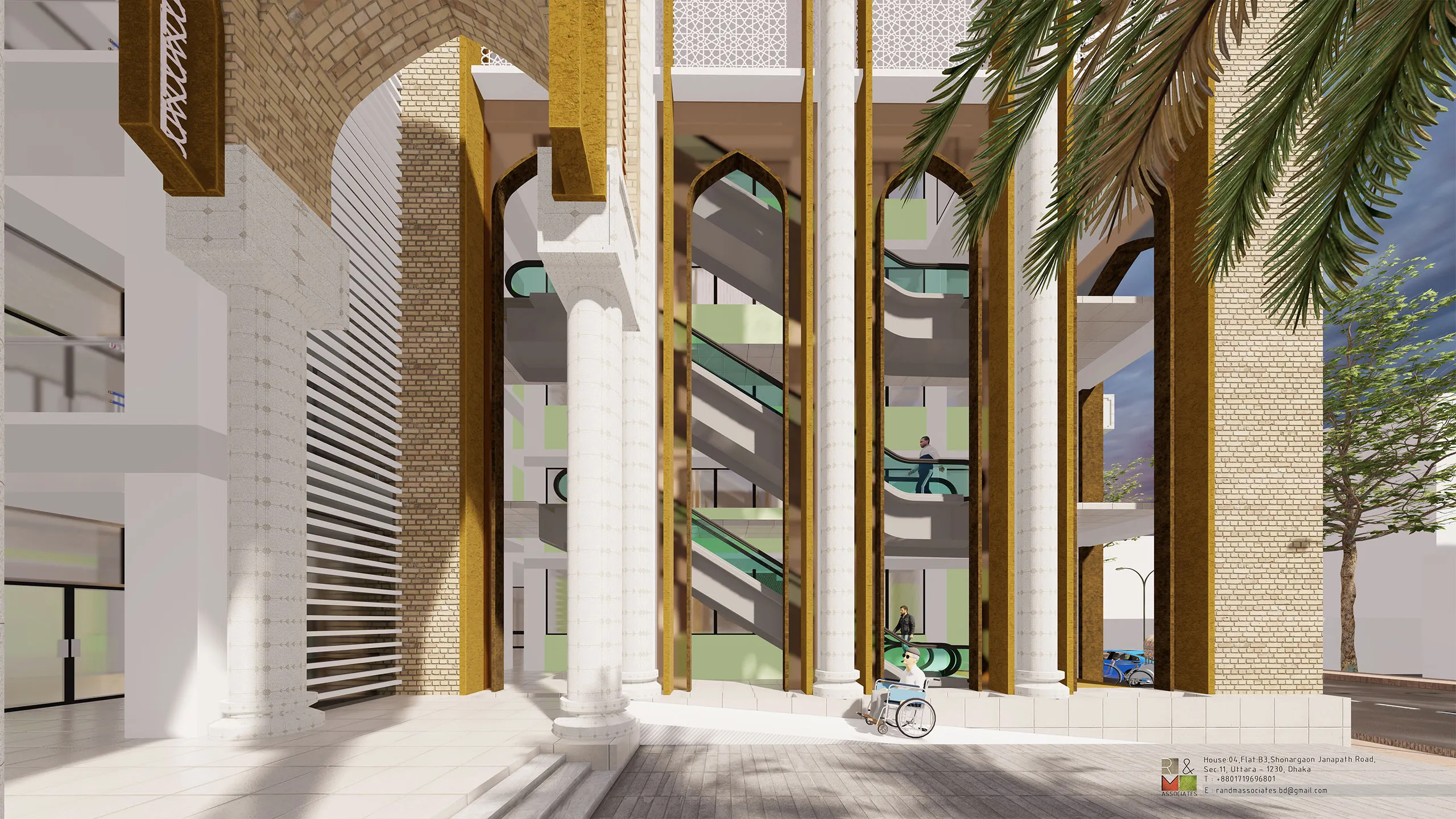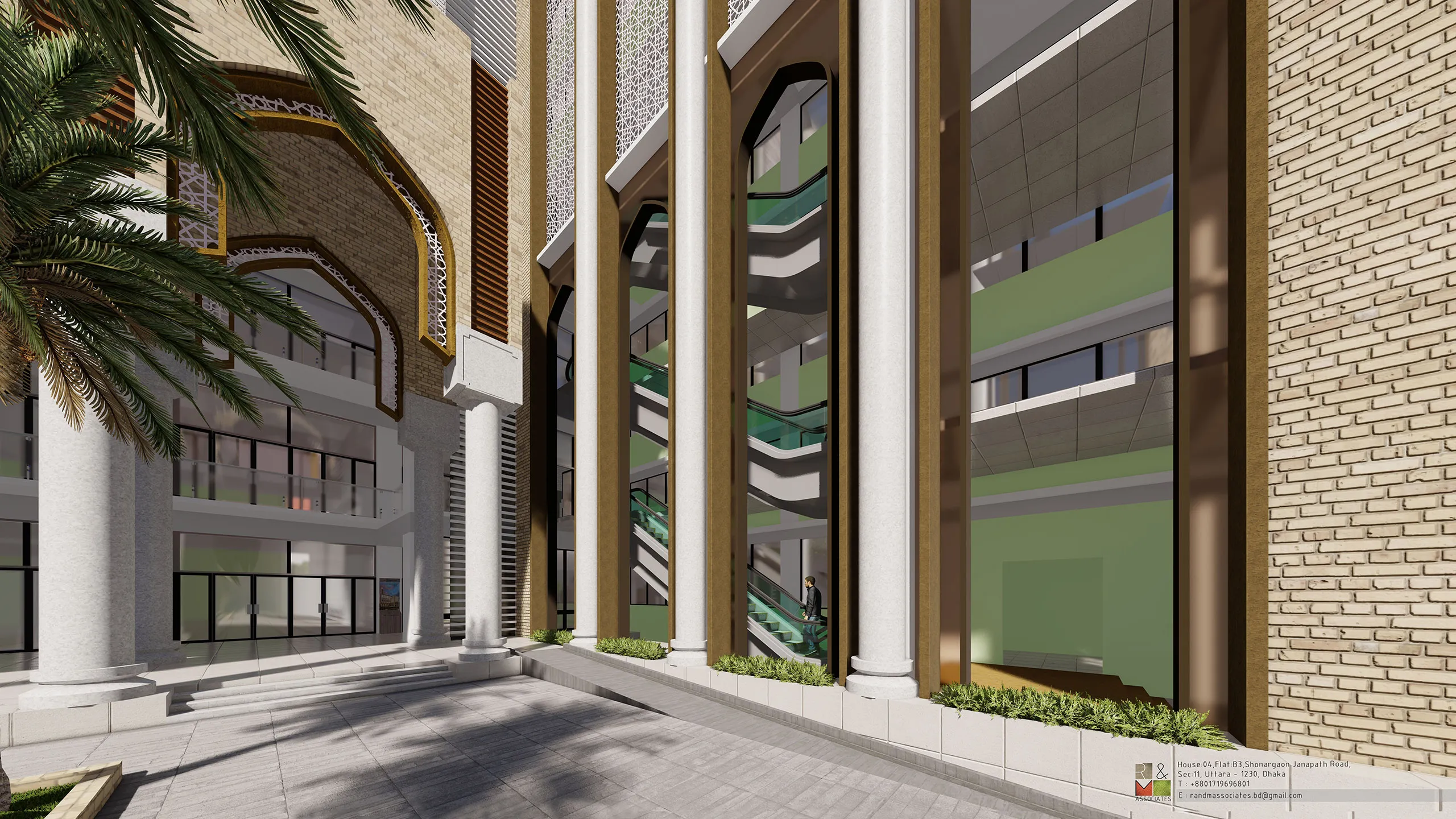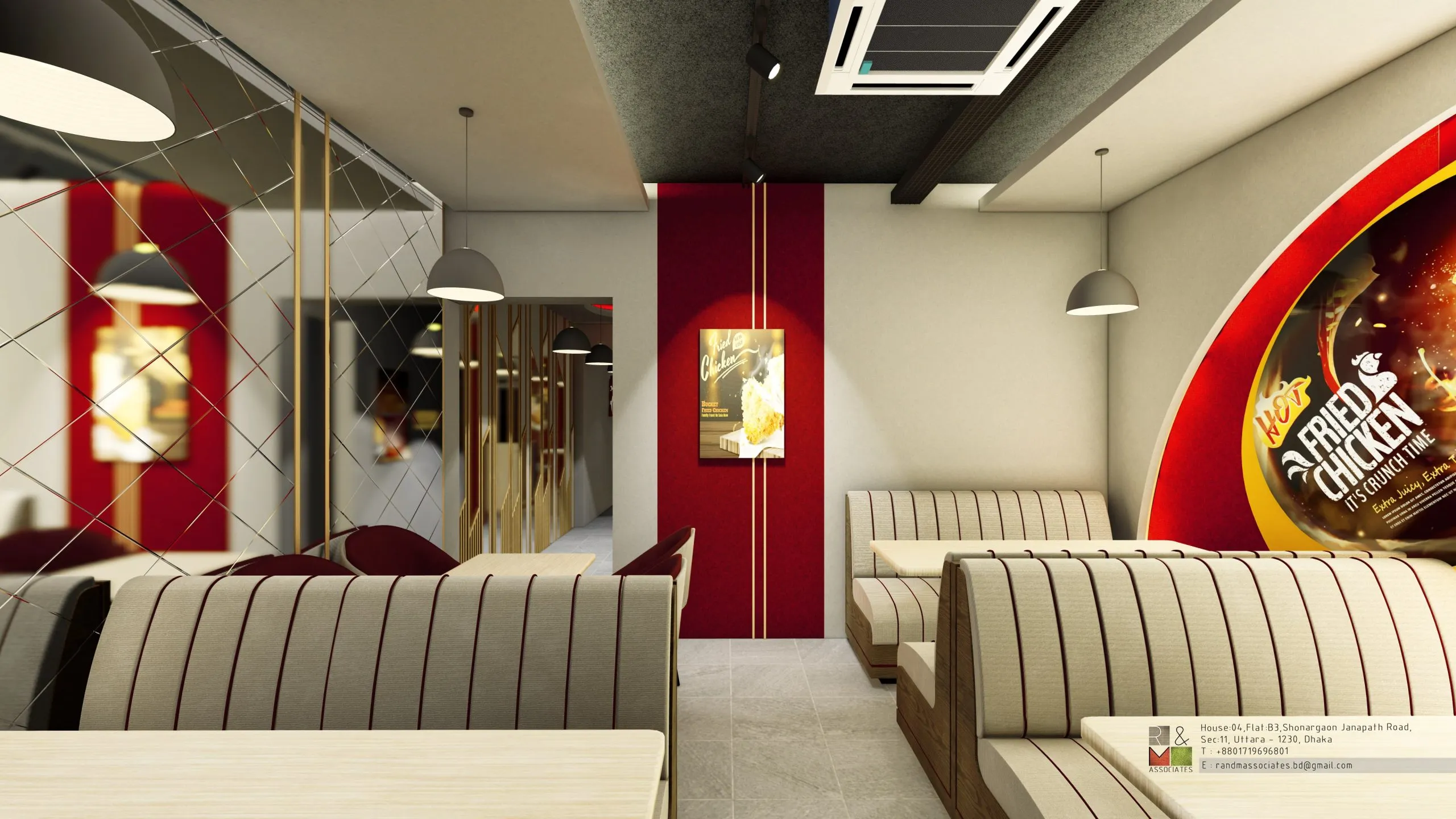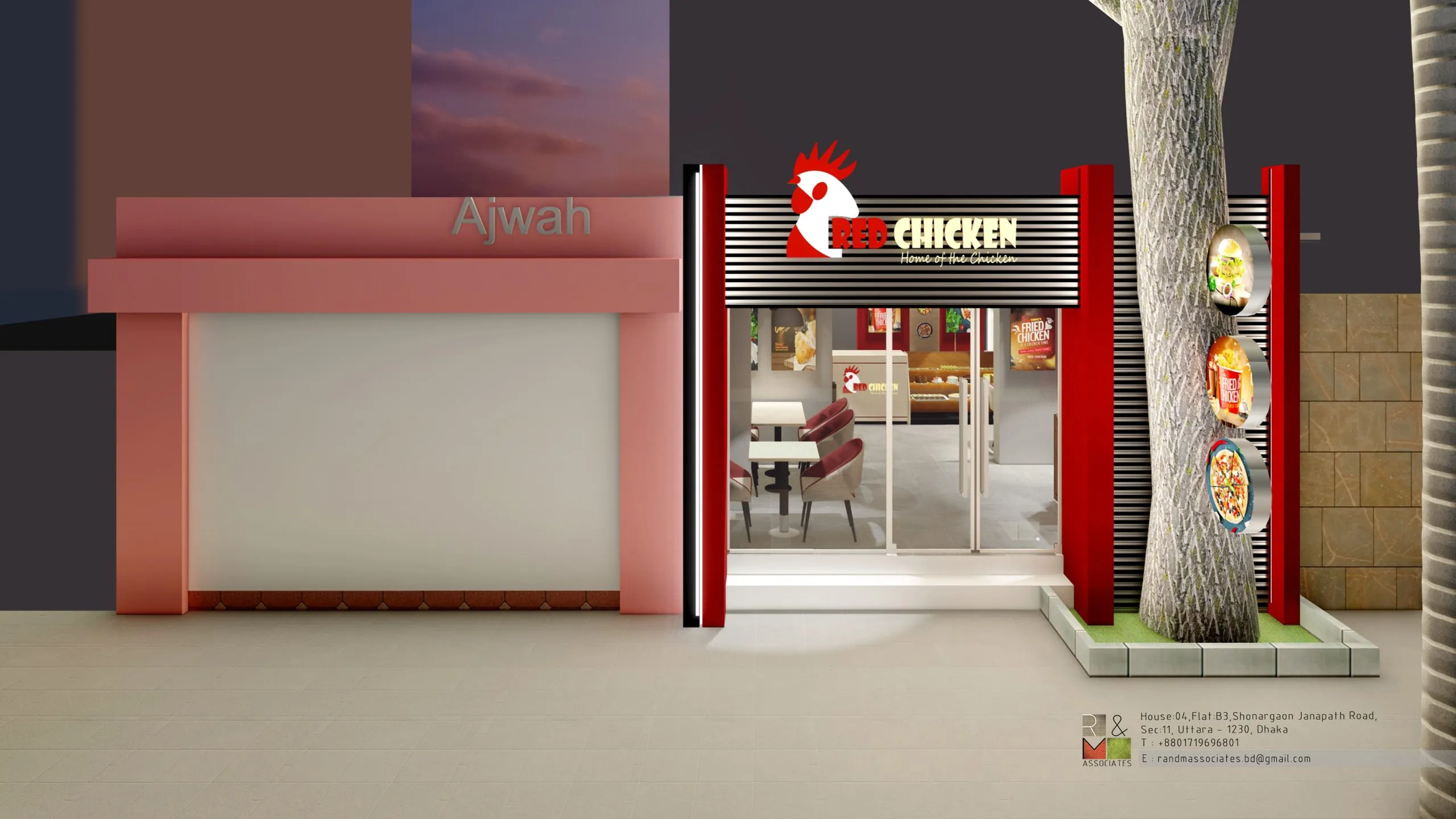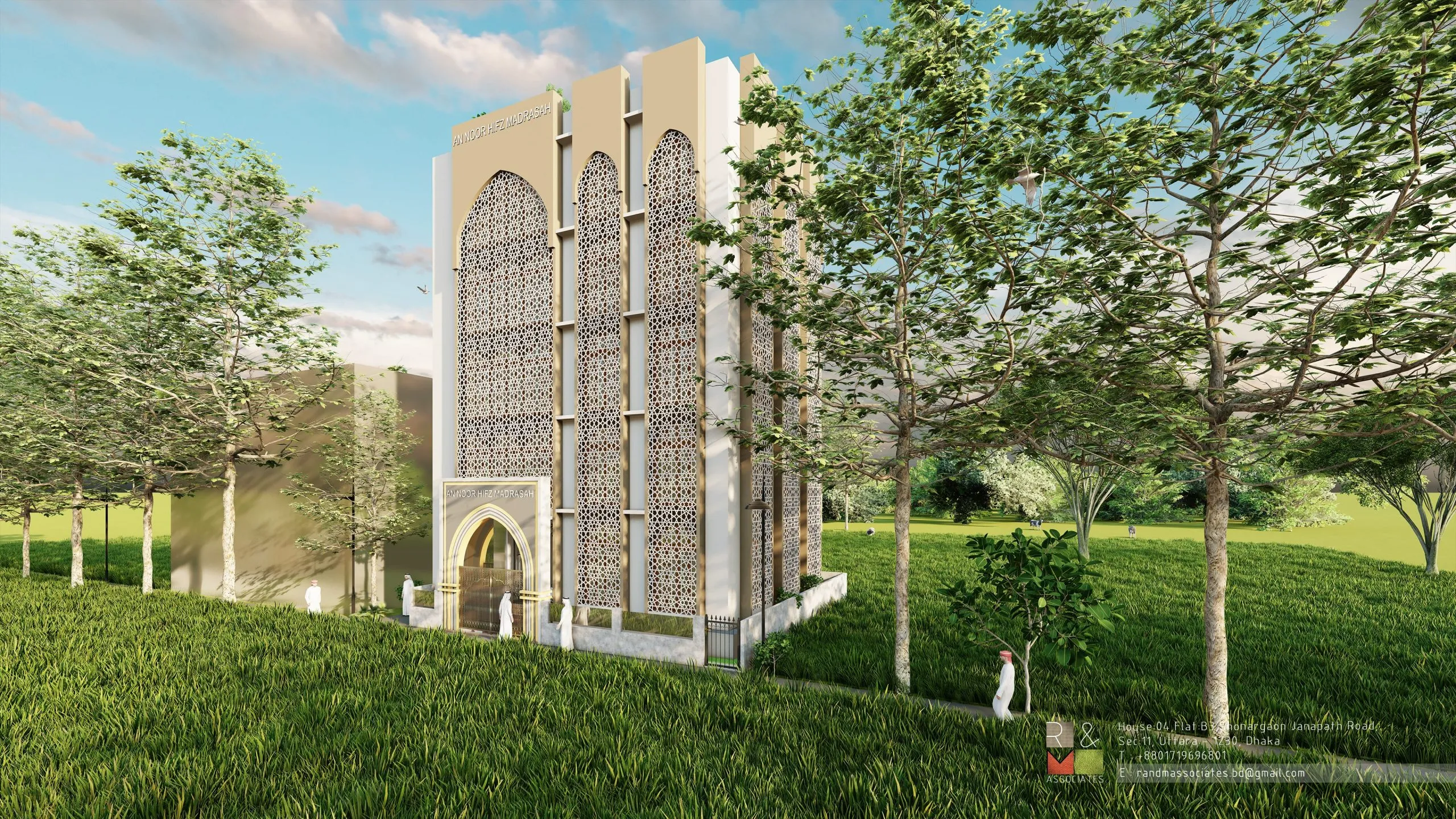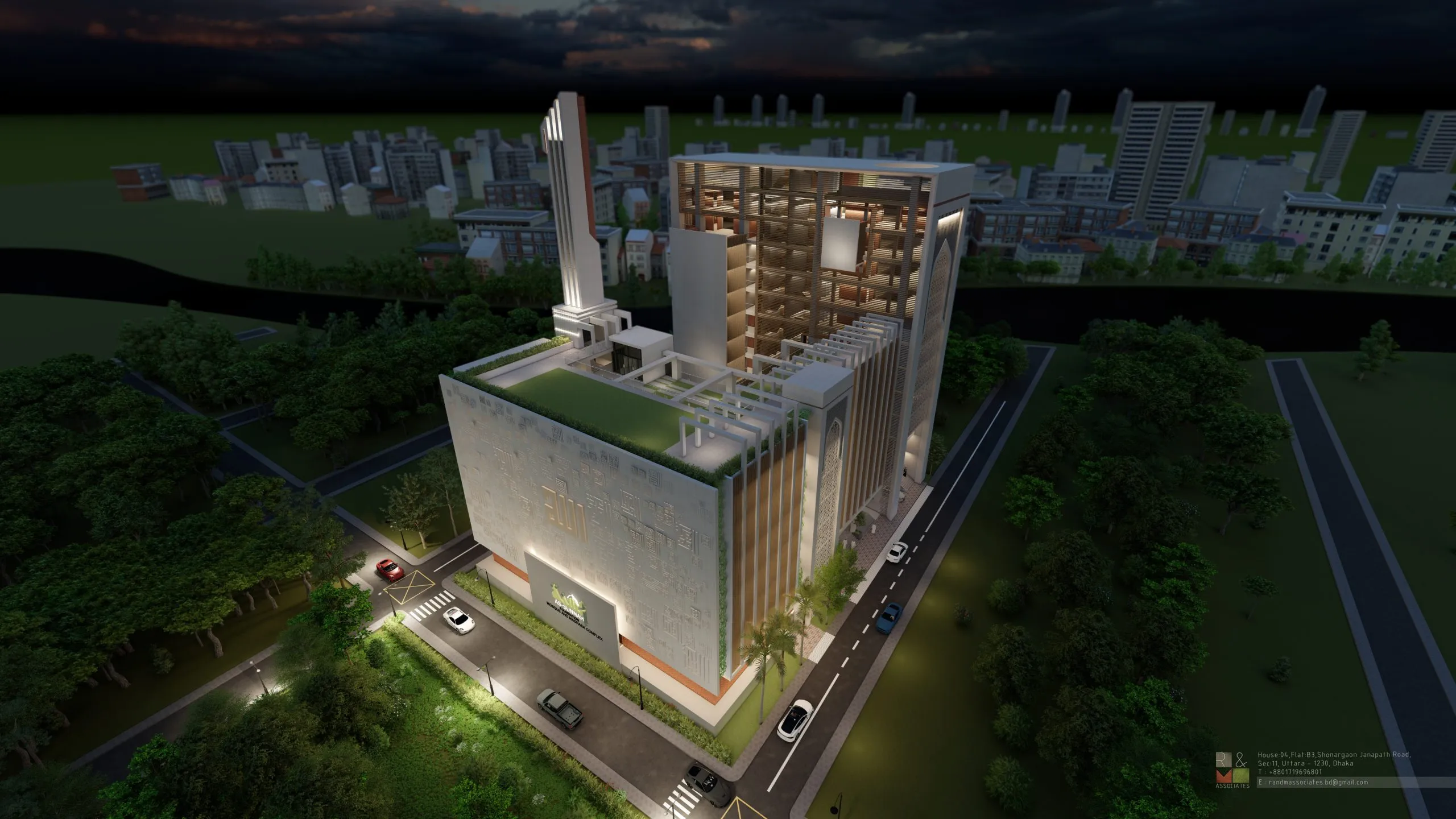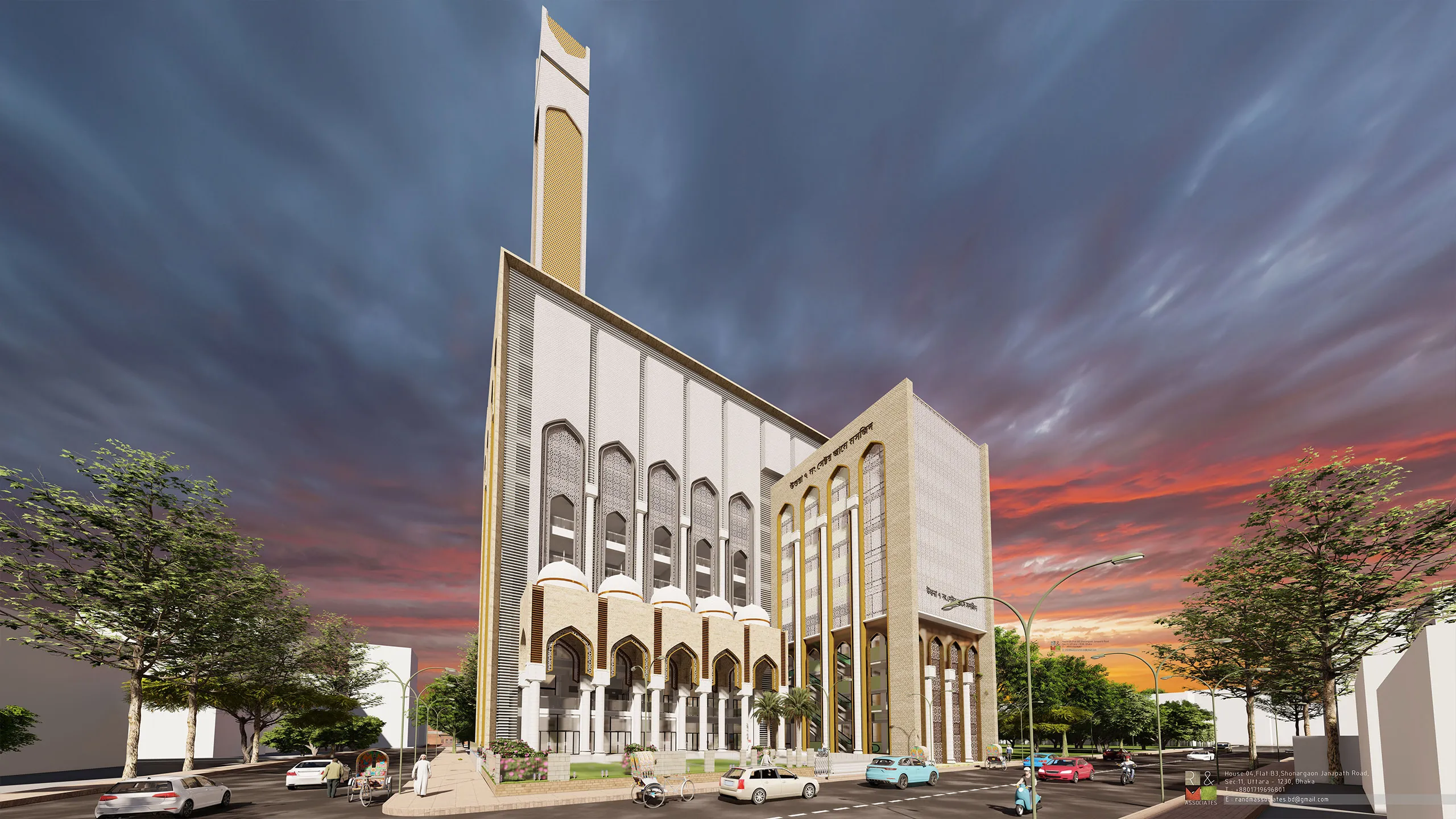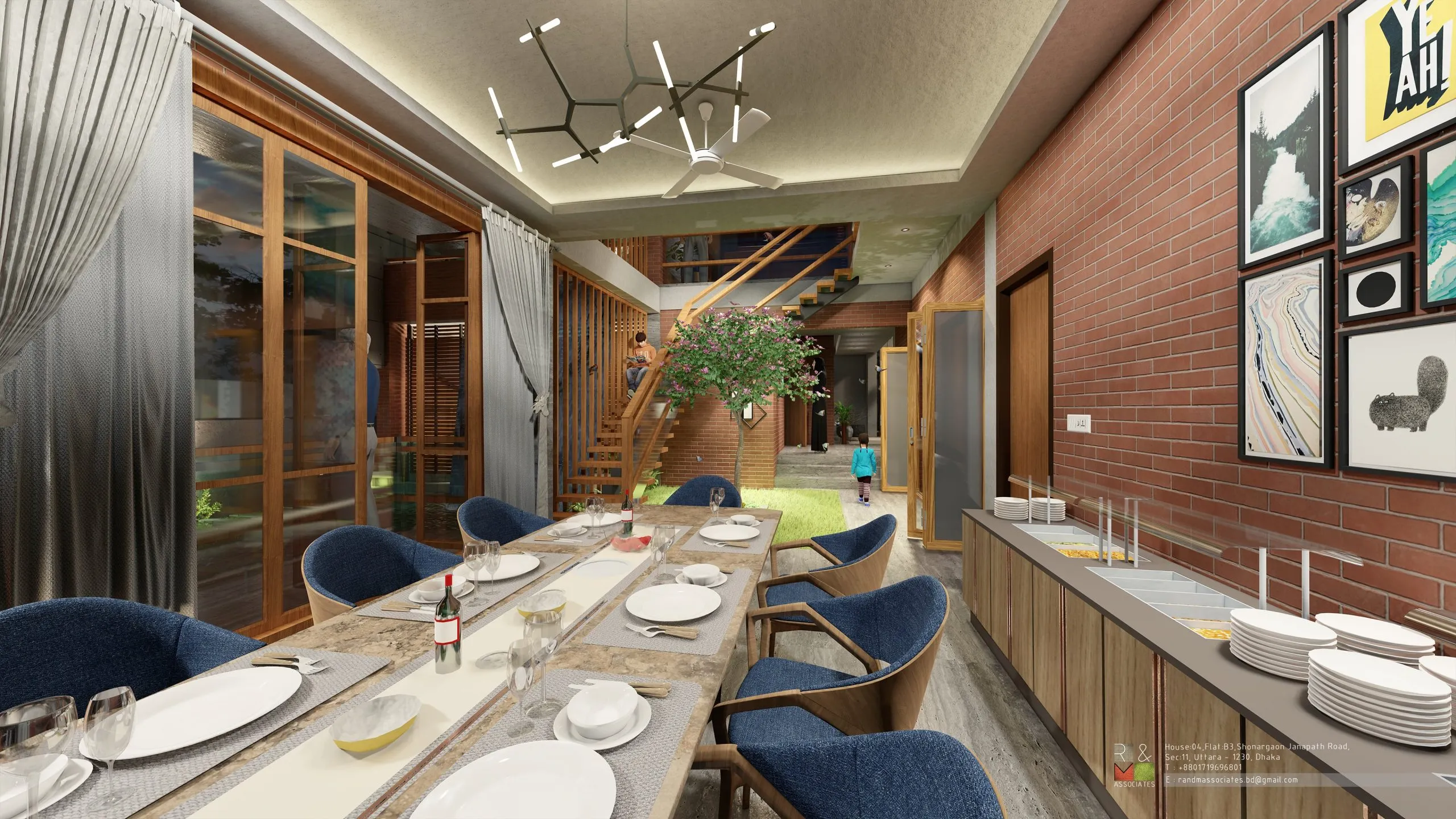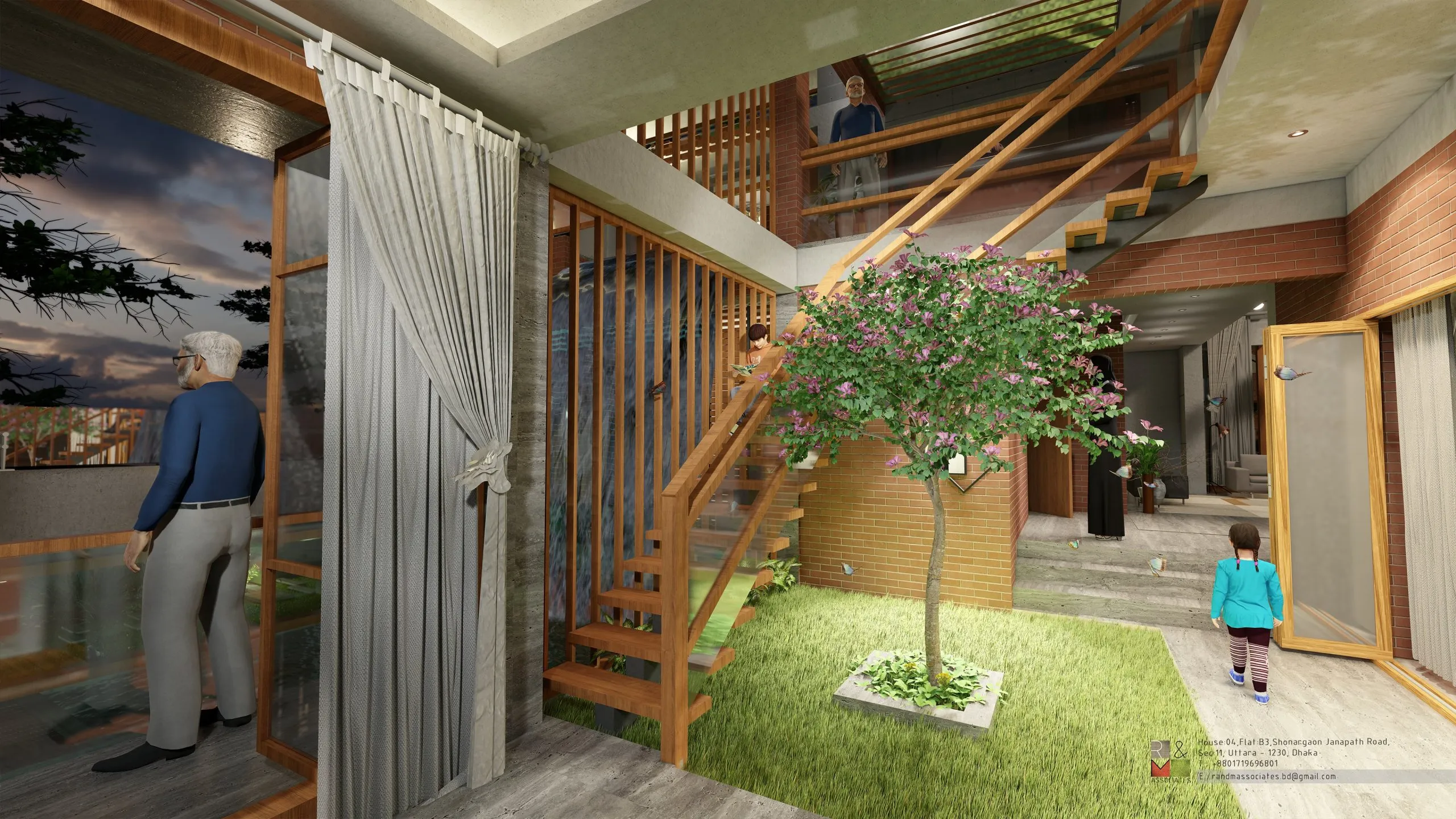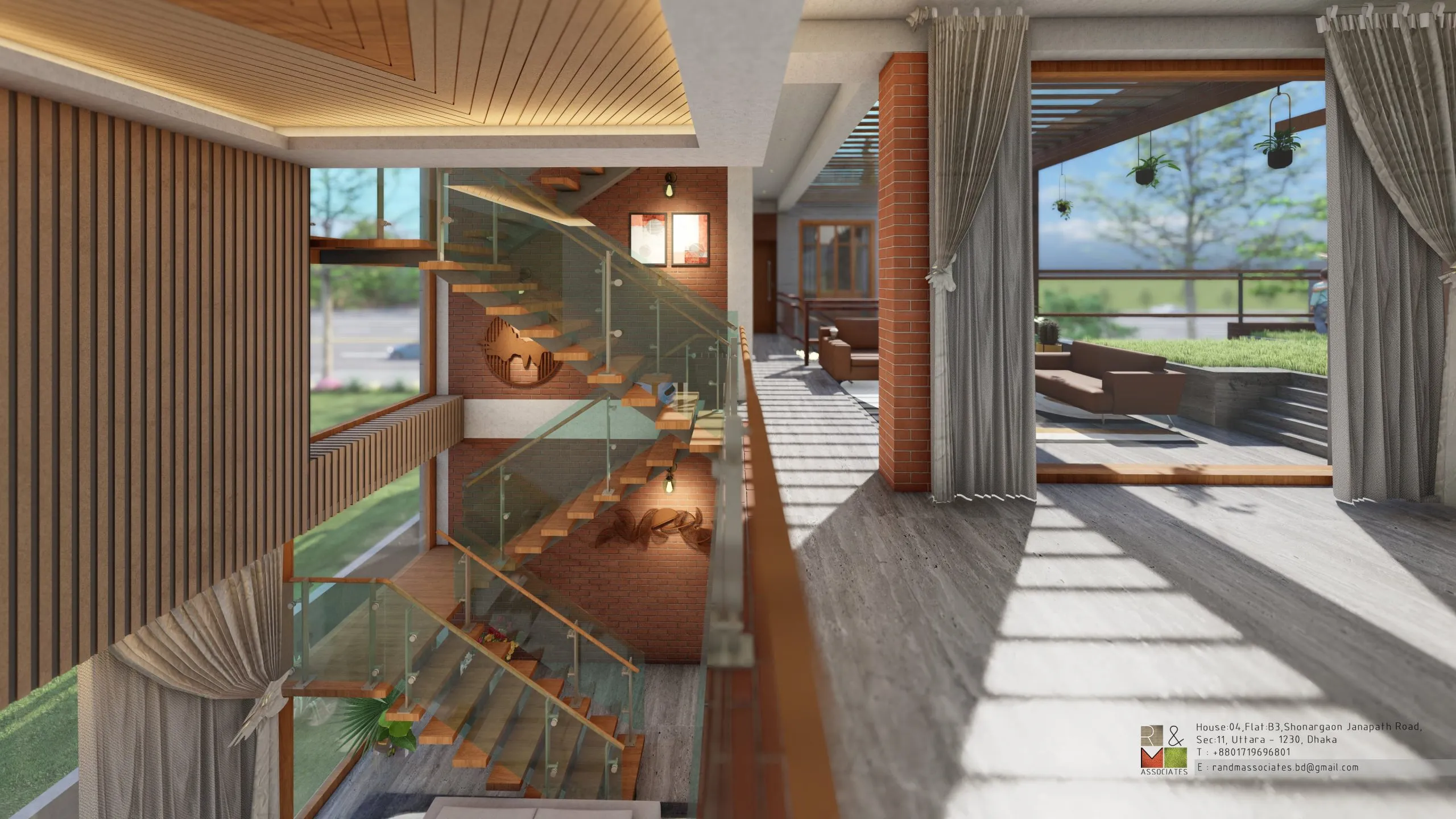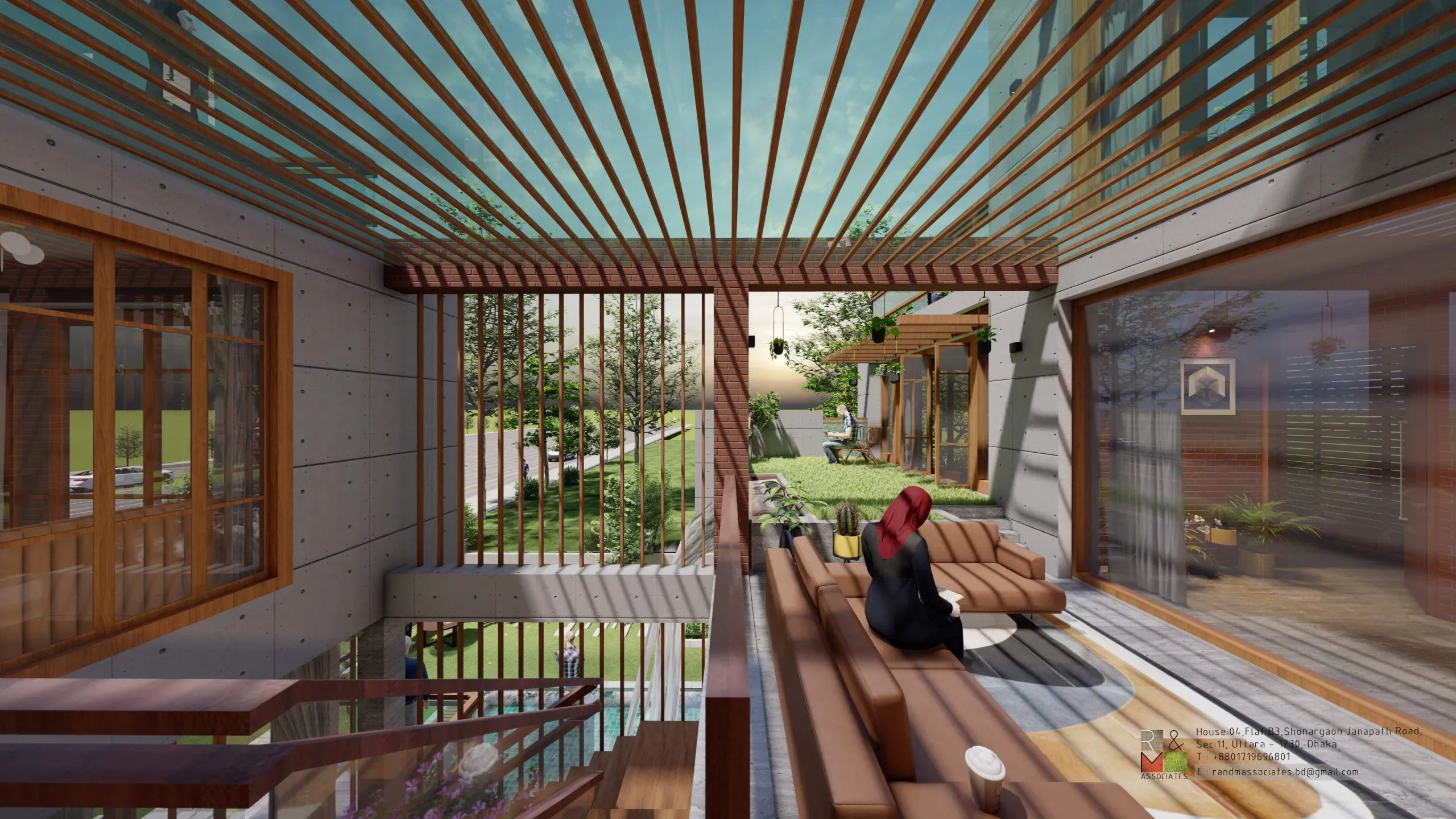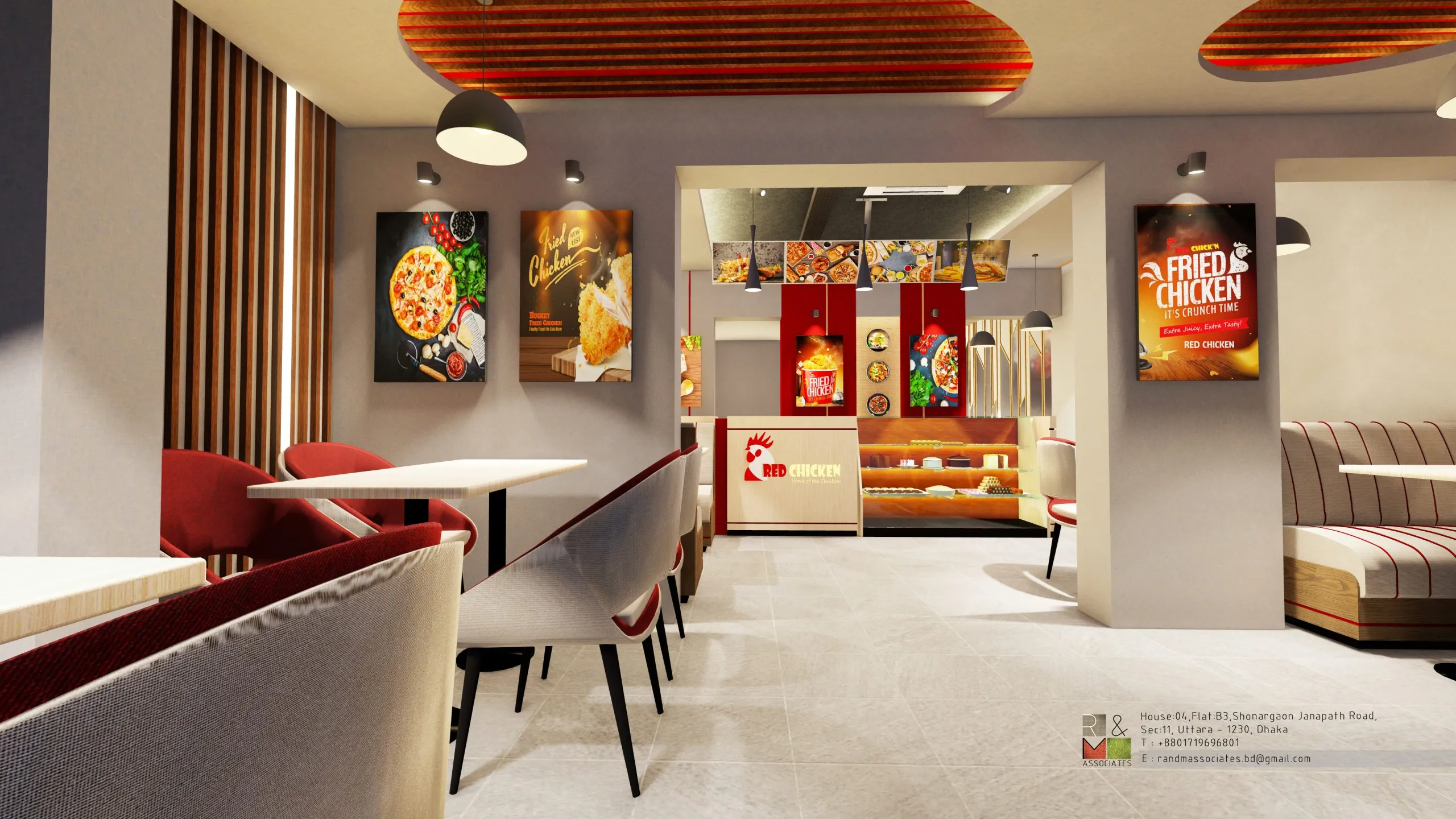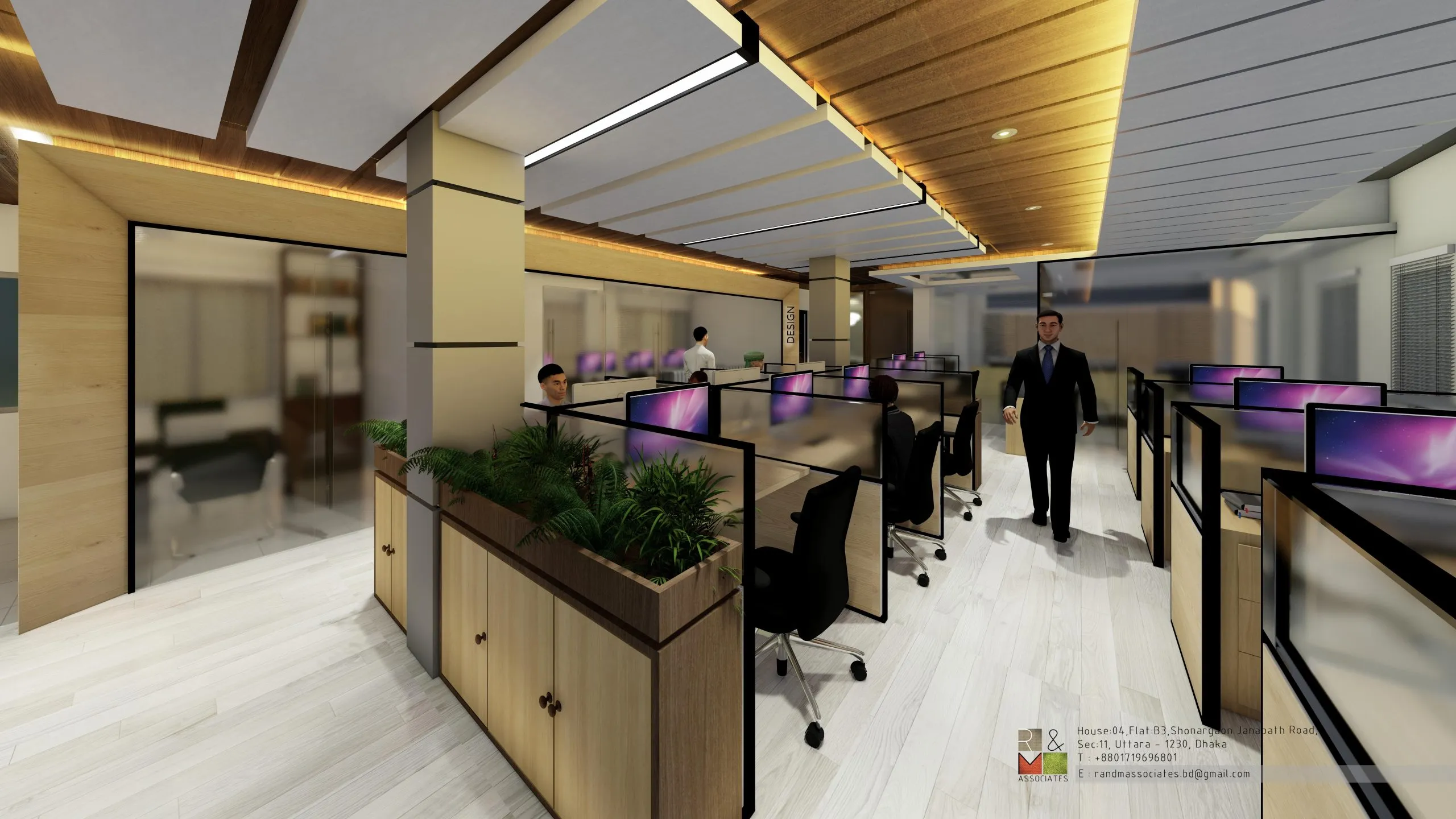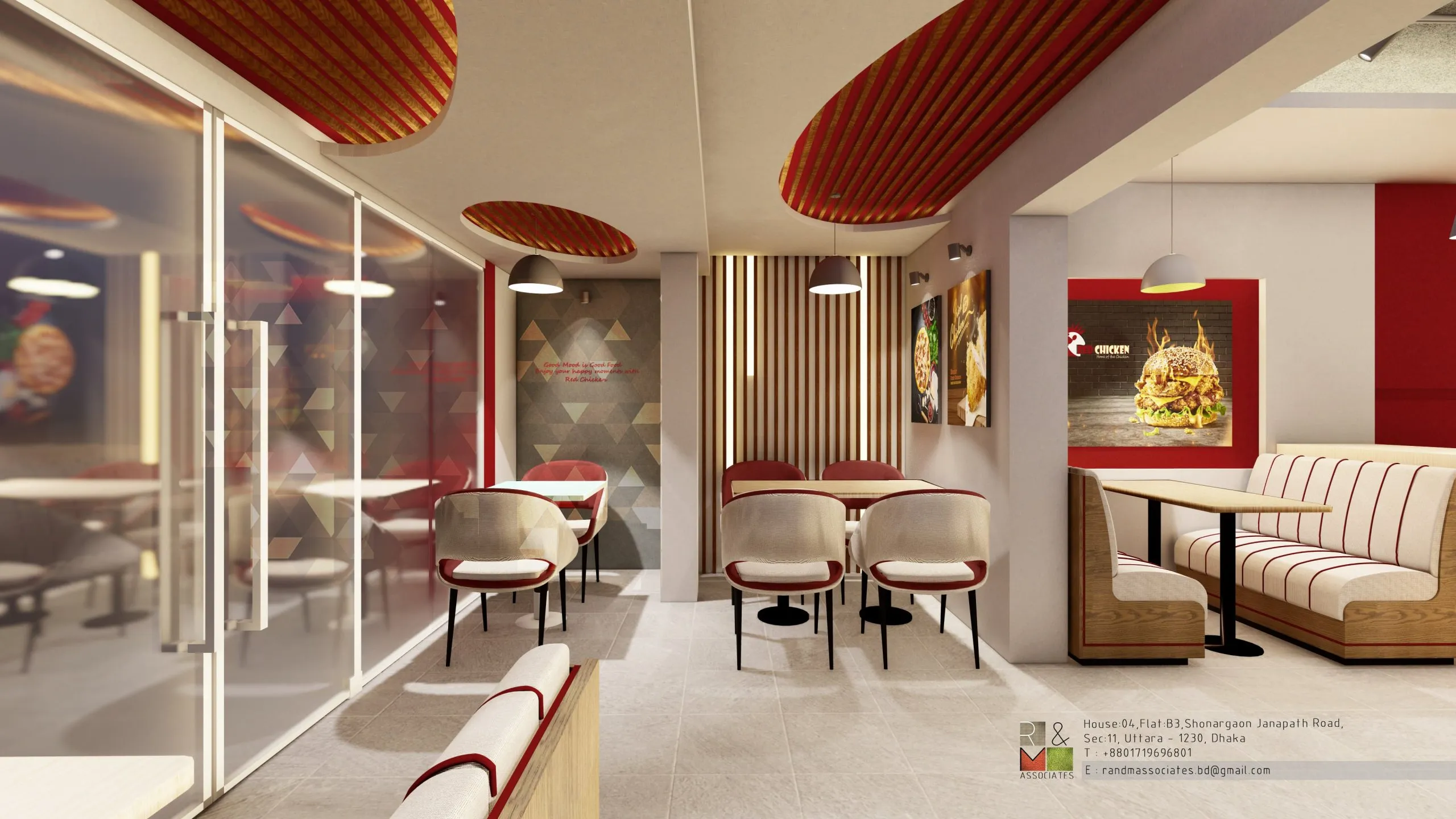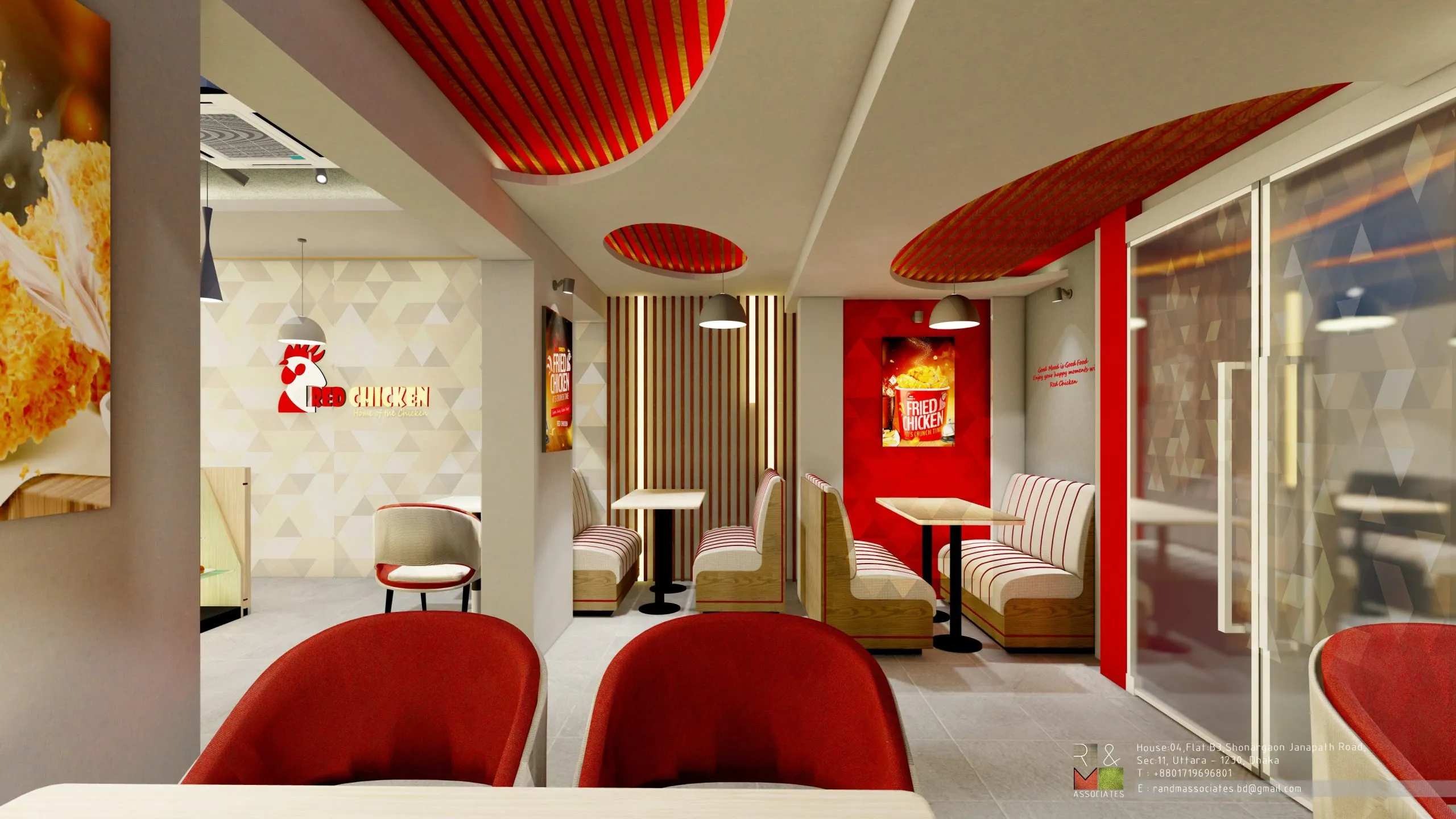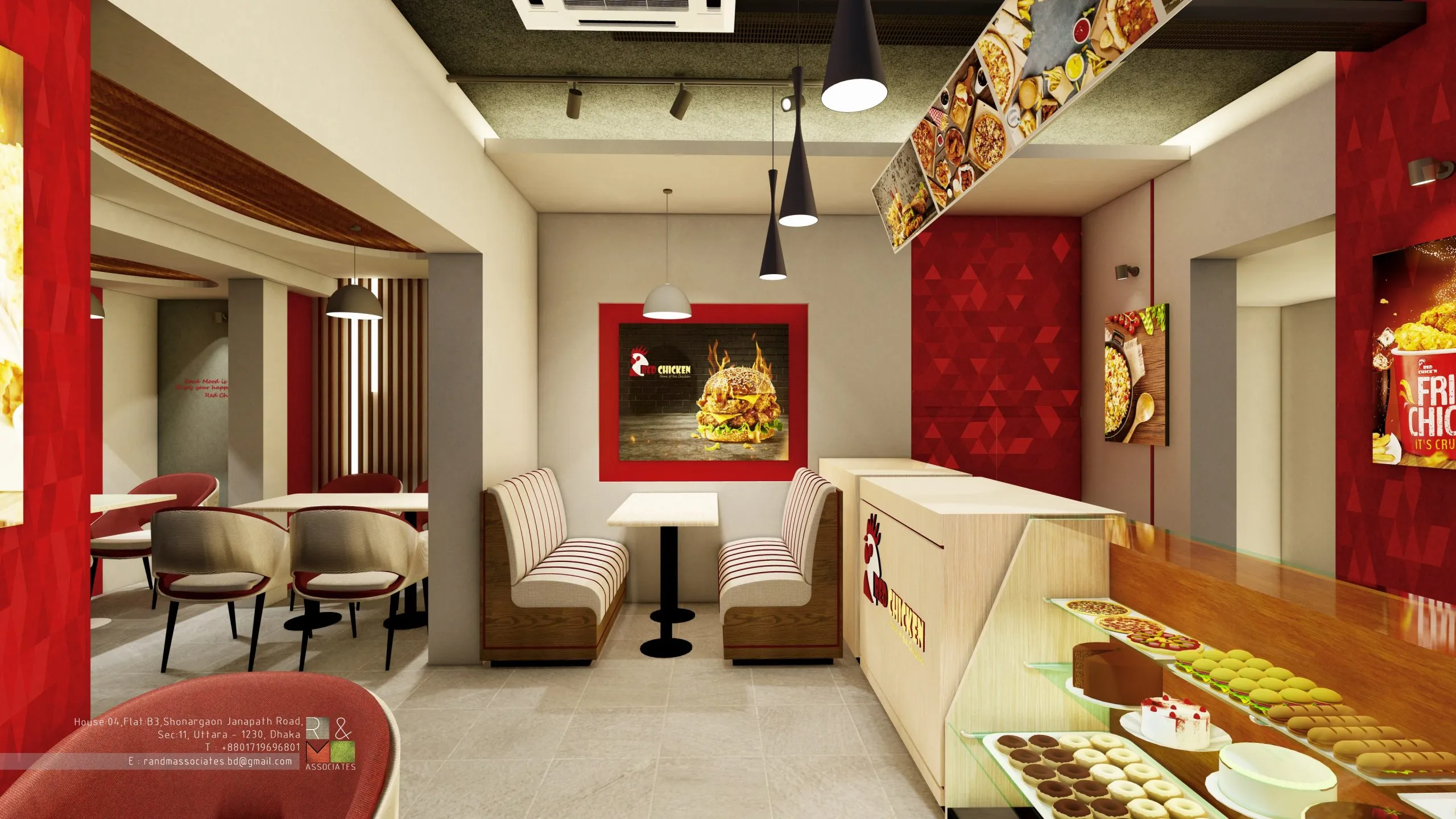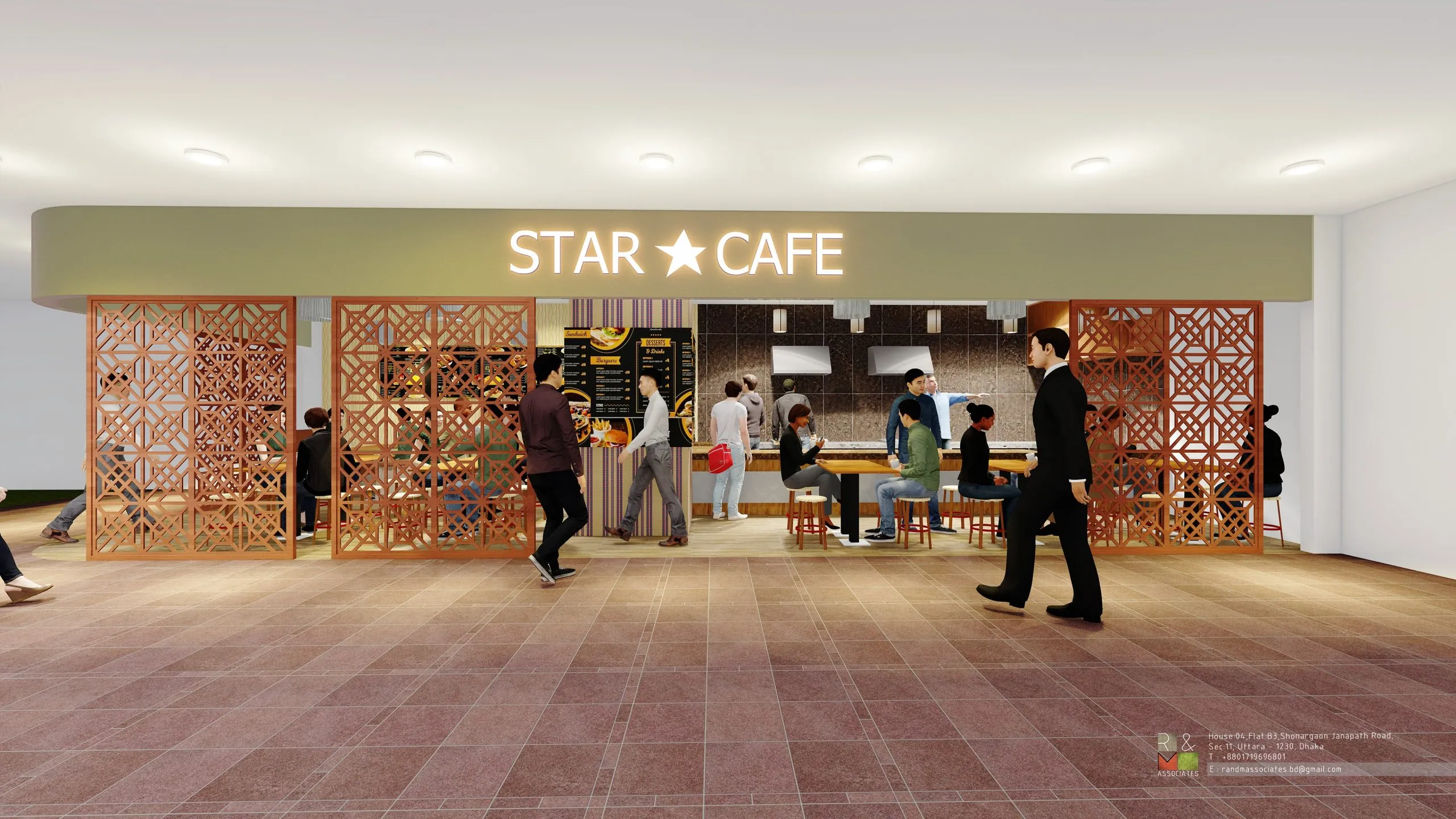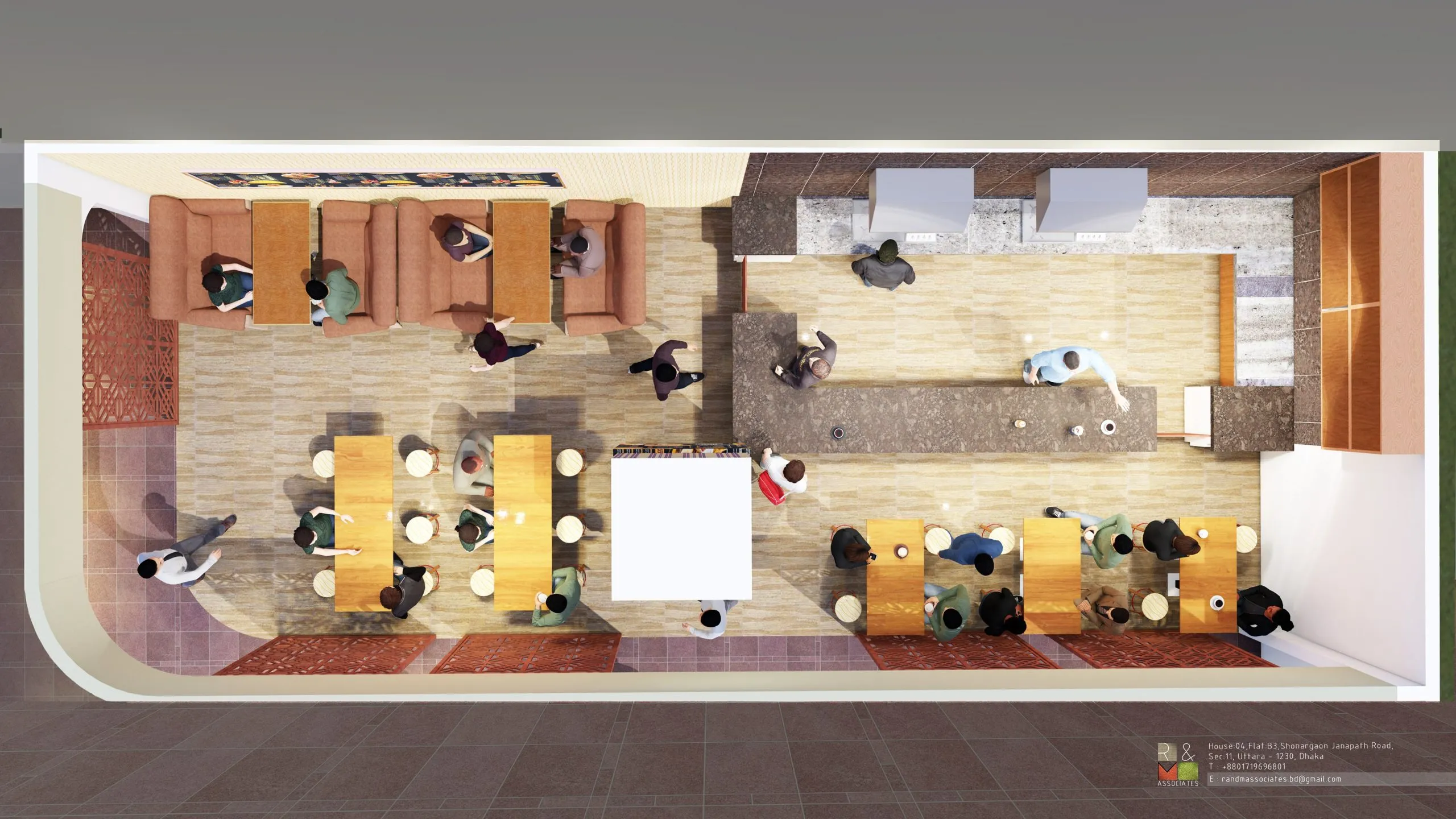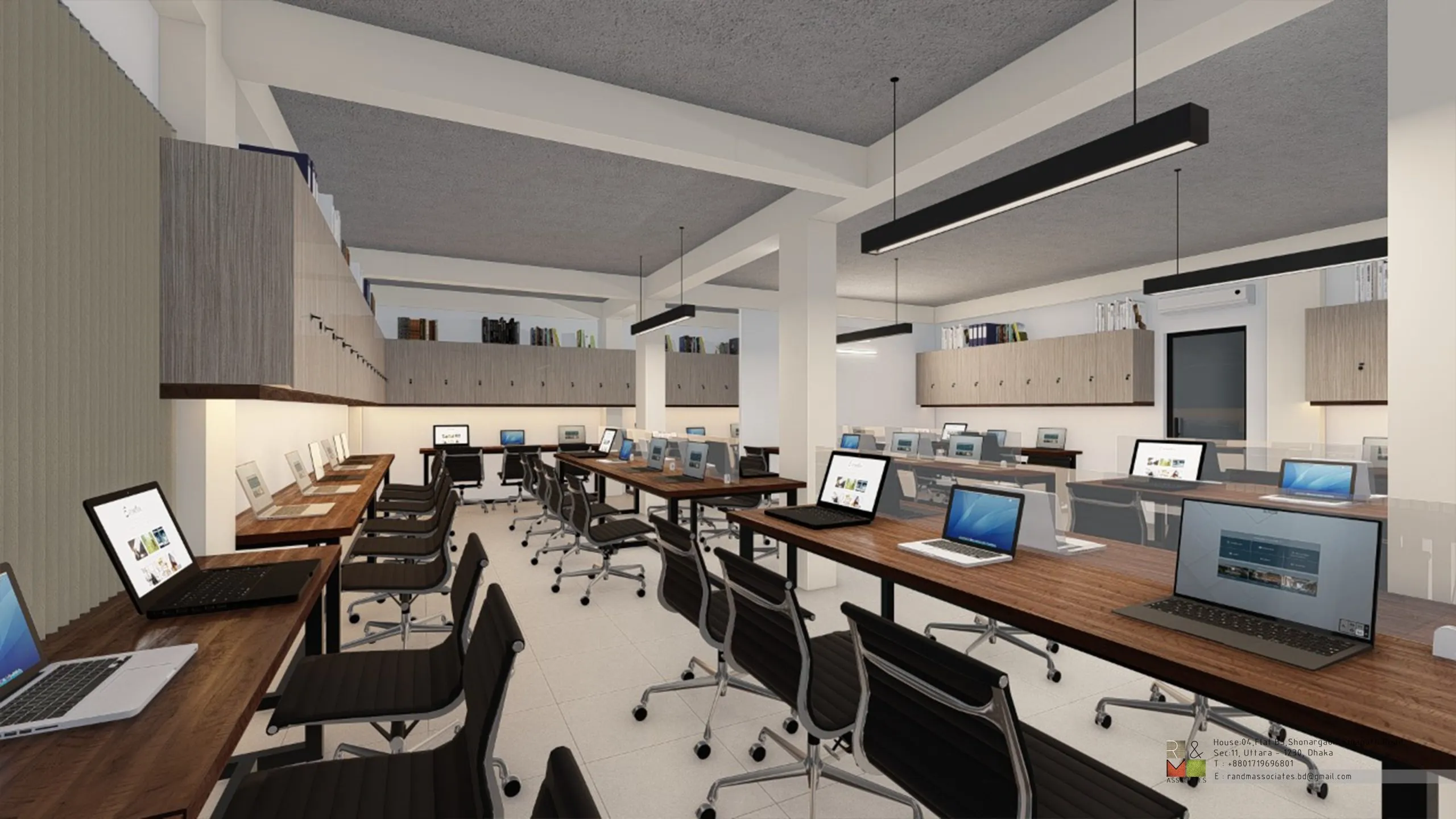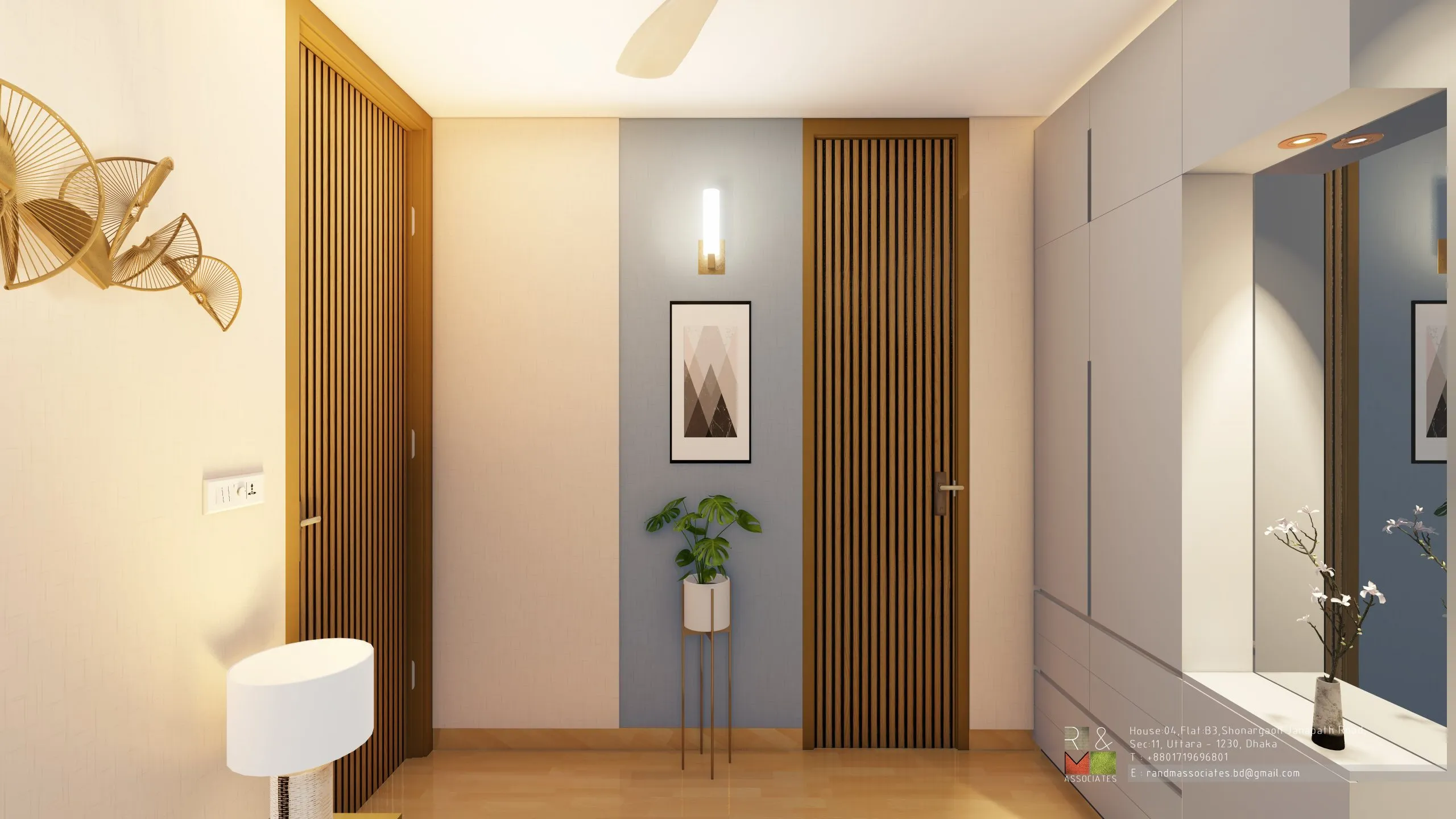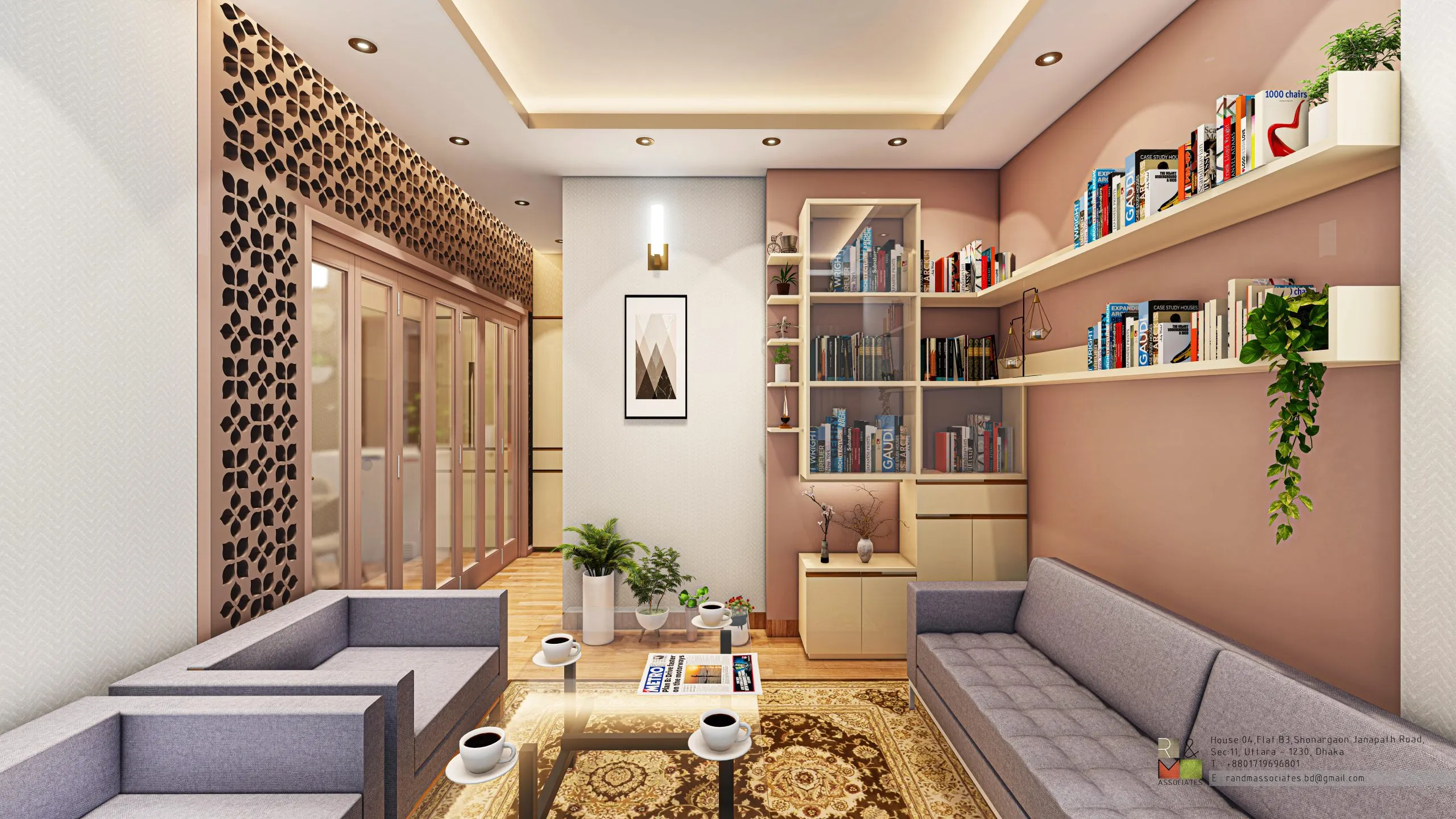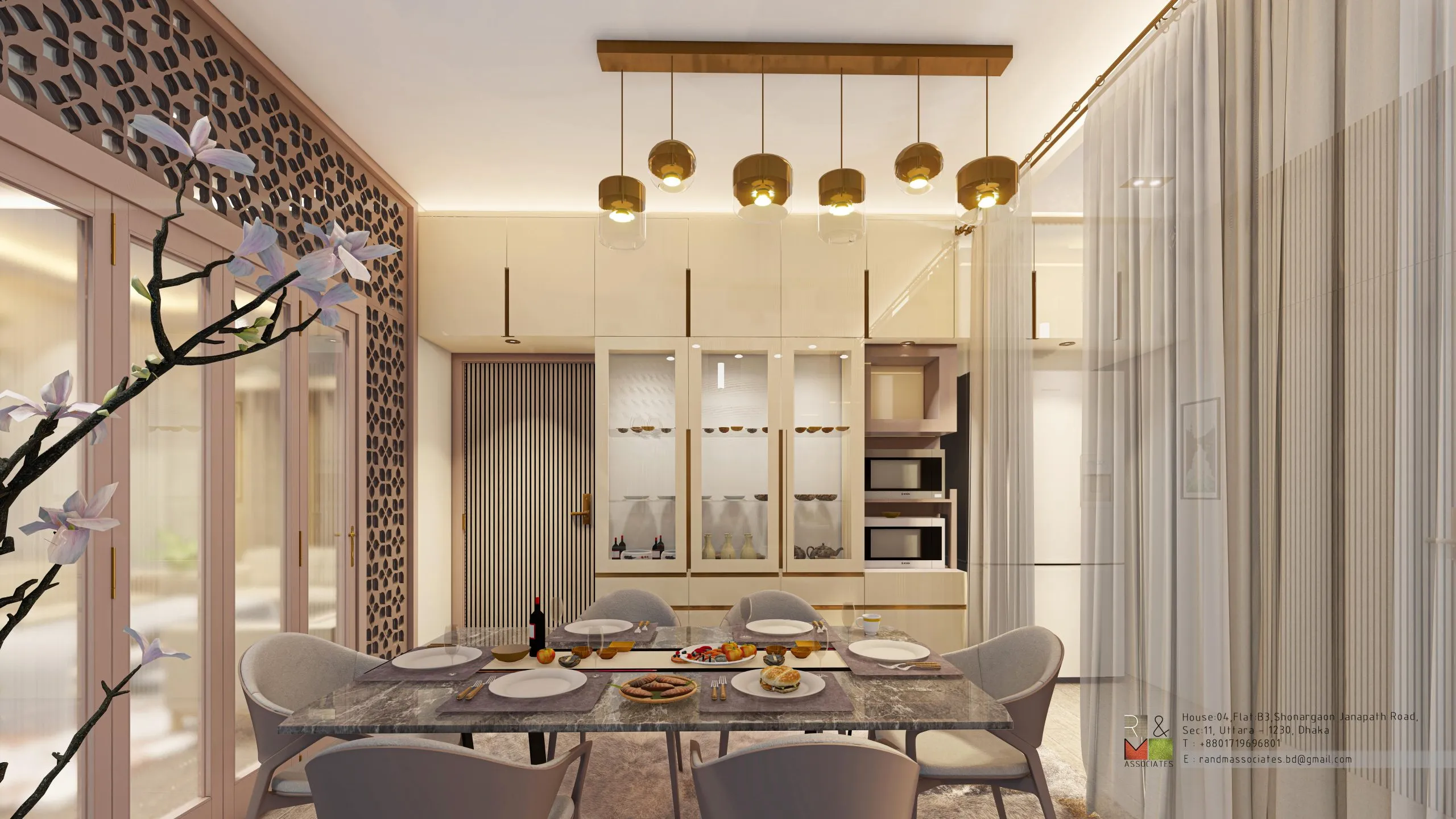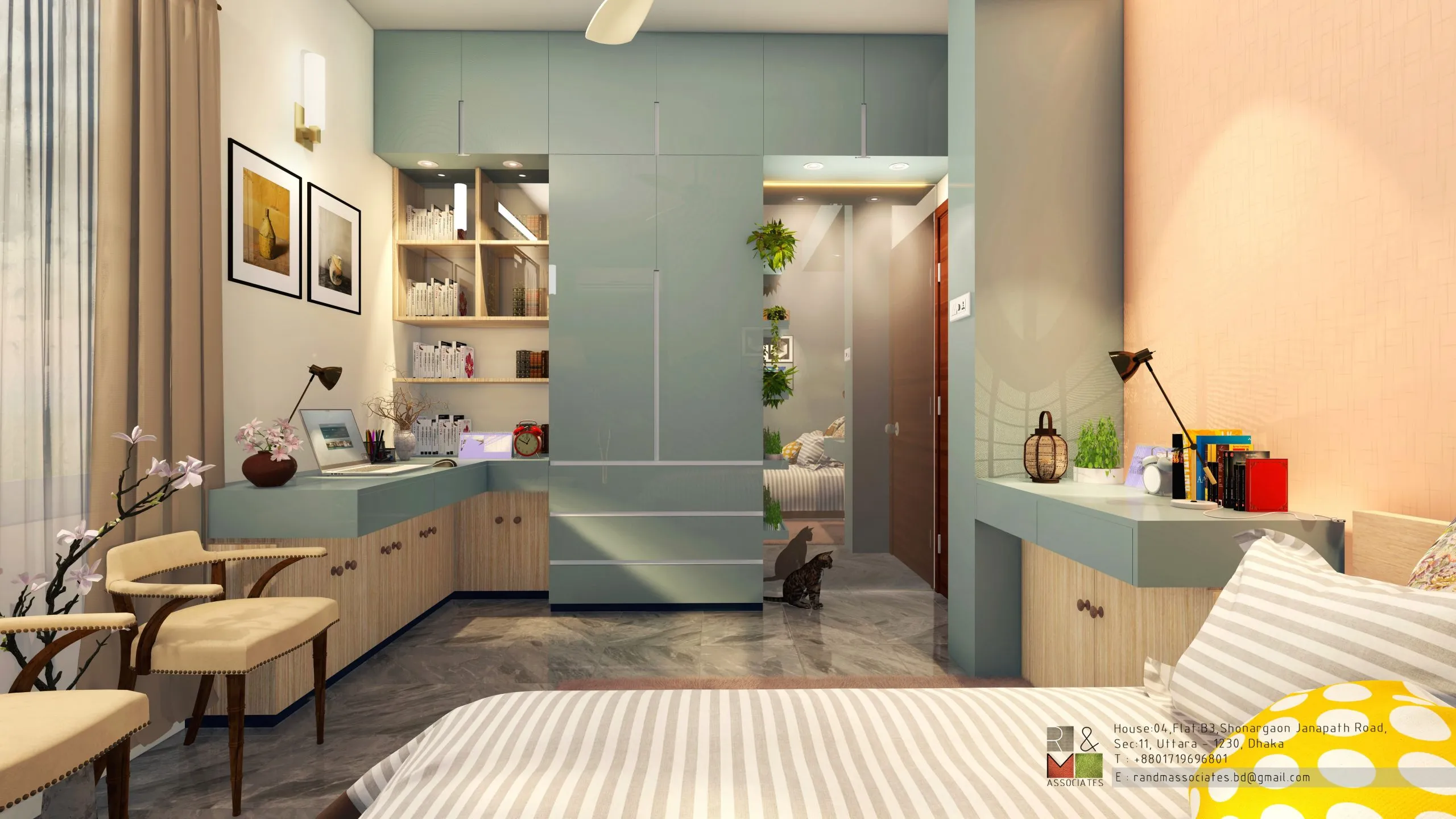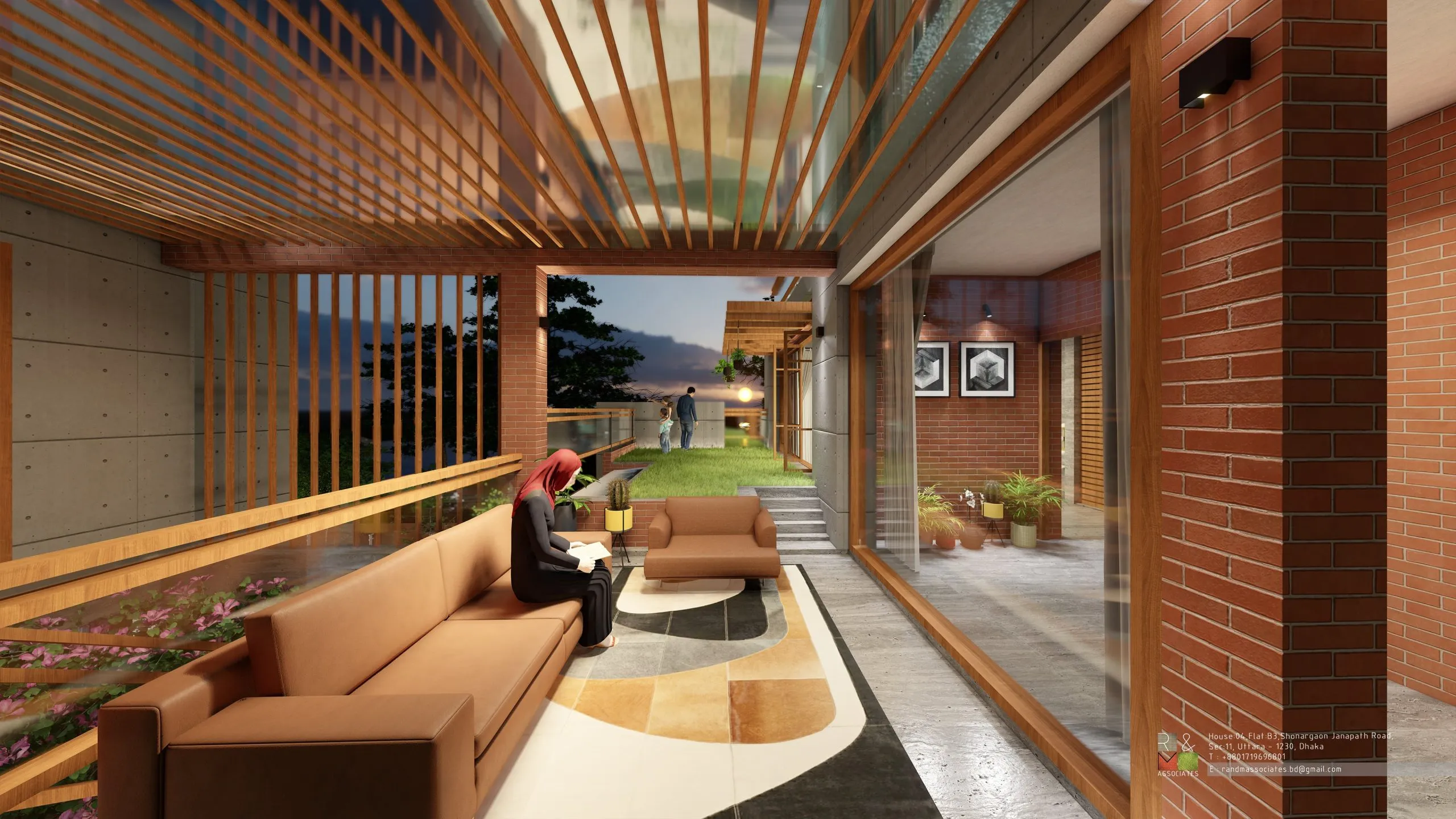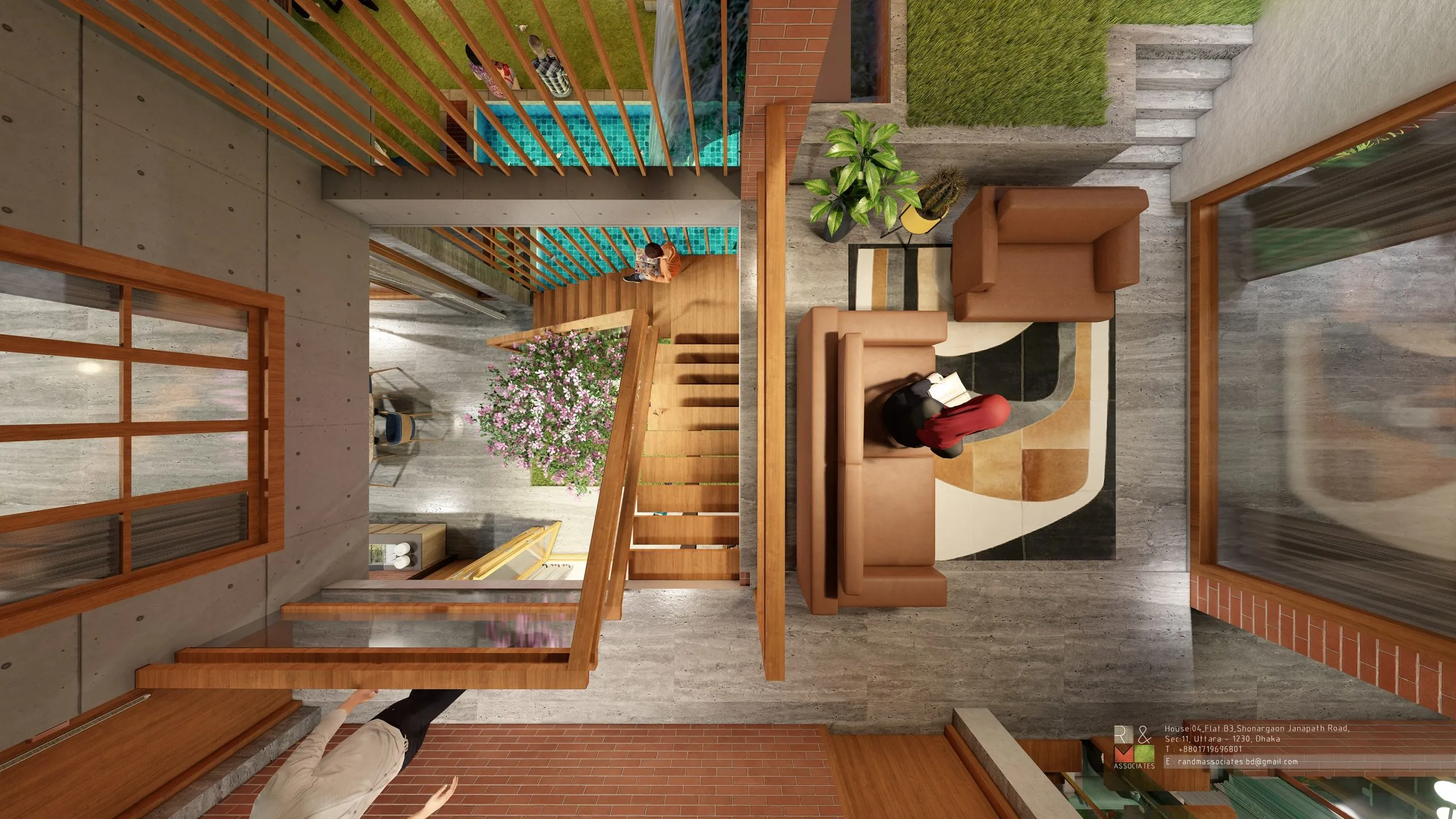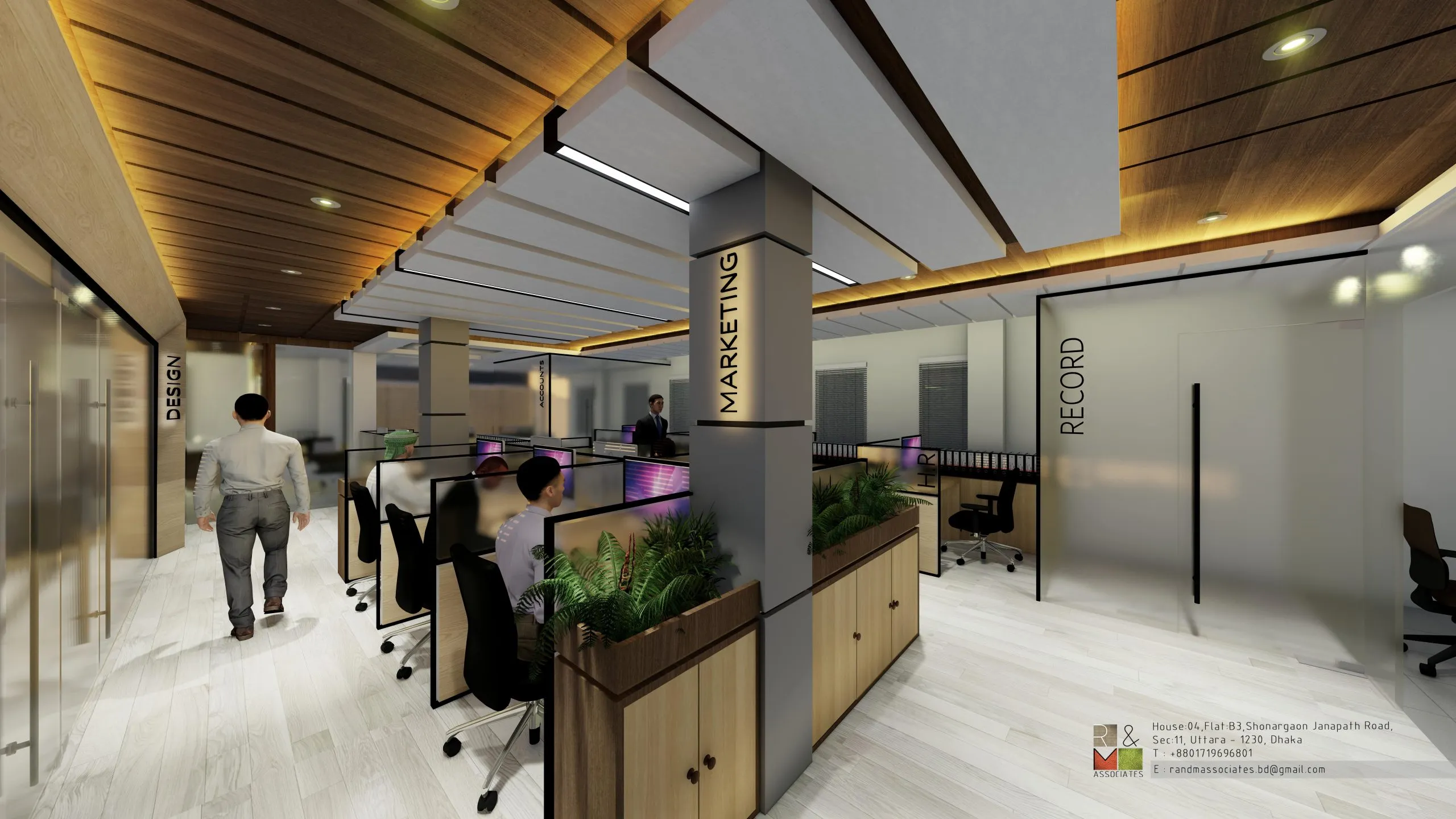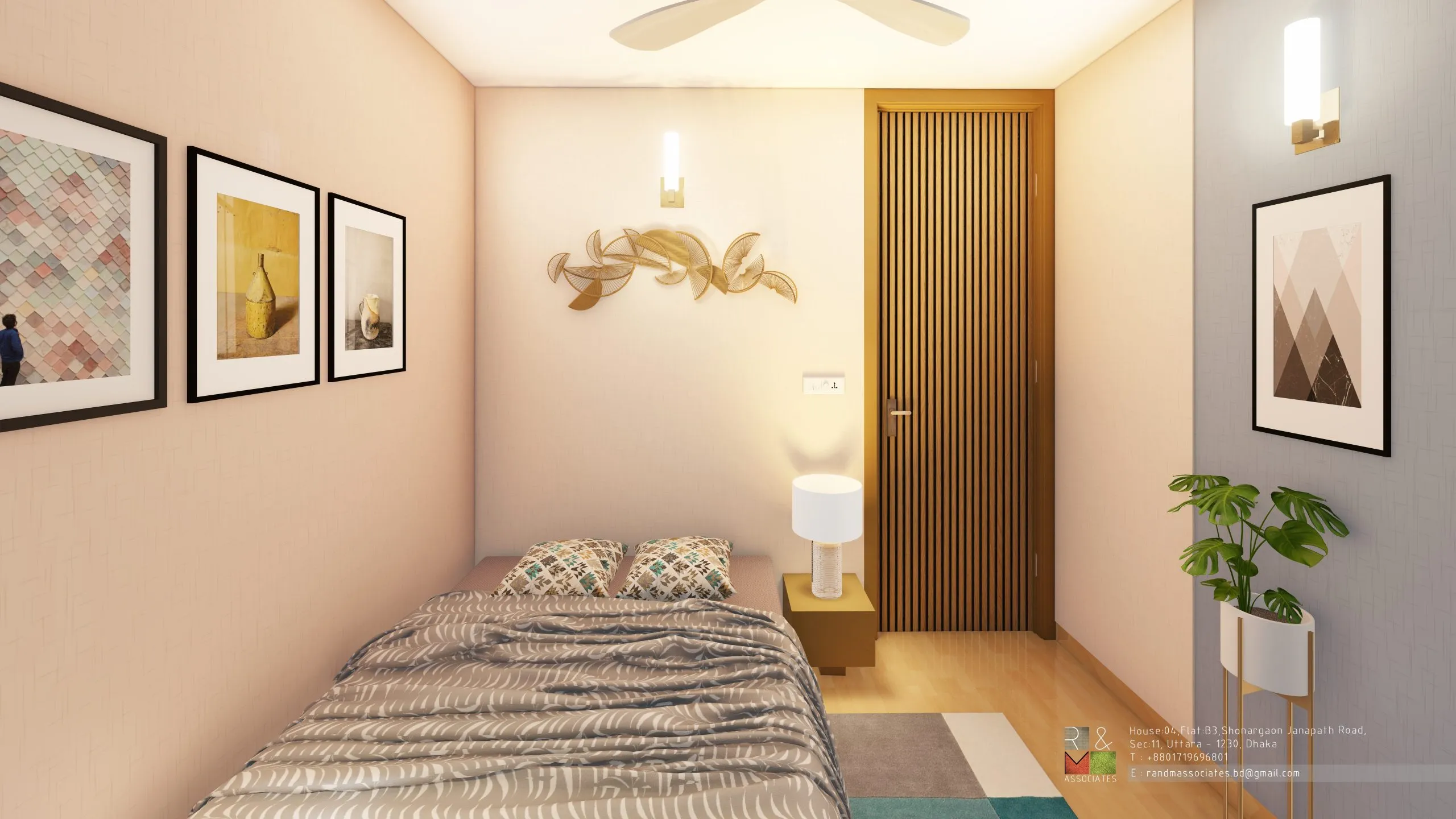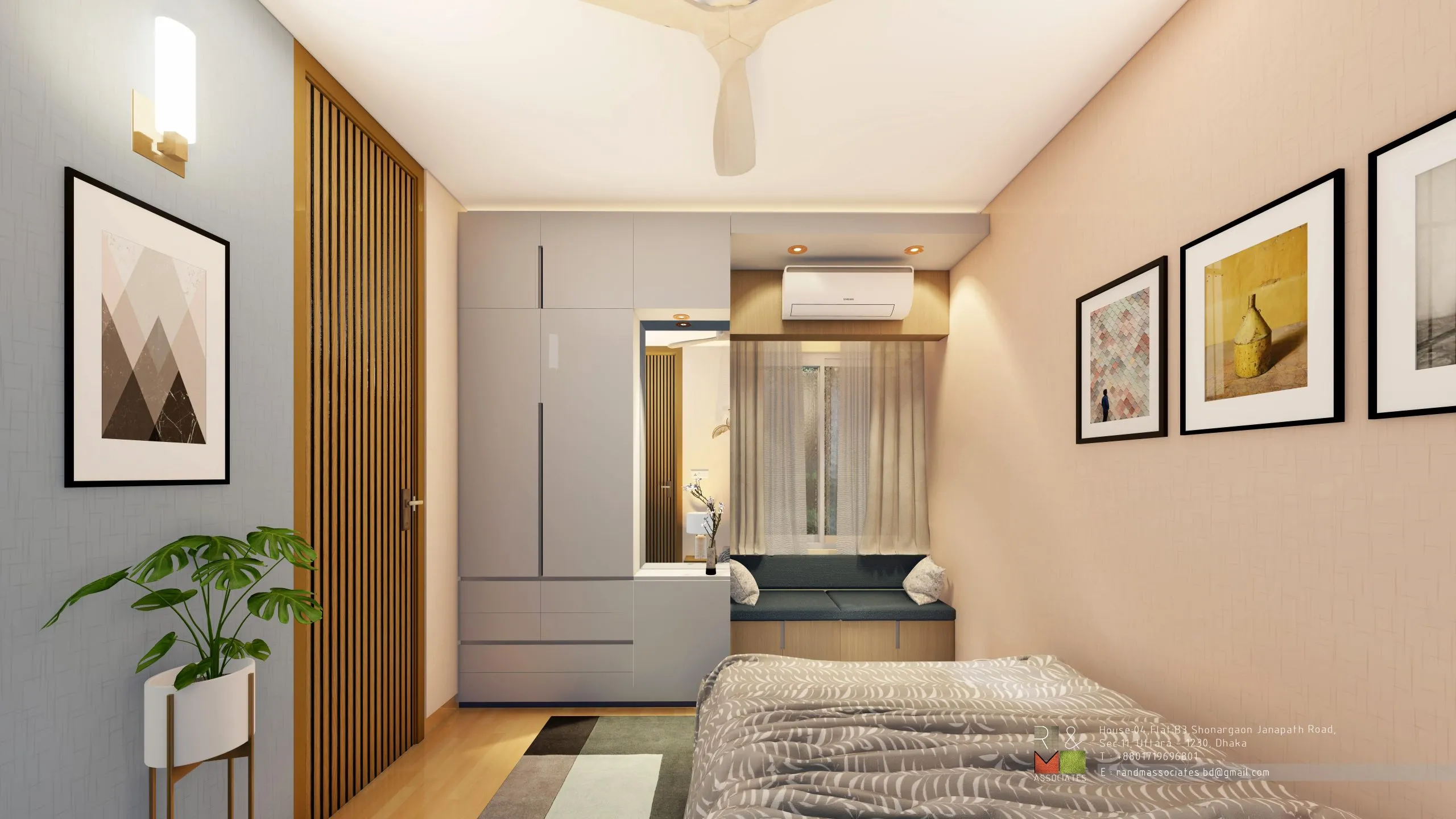Introduction
The architectural landscape is evolving rapidly, driven by the integration of cutting-edge technology and innovative design approaches. As we look toward the future, the fusion of digital tools, sustainability, and human-centric design is reshaping how architects envision and create spaces. This blog explores the key trends and technologies that are redefining architectural design.
As the future of architectural design continues to evolve, the convergence of technology, sustainability, and human-centric design will be key. Architects will need to embrace these innovations to create spaces that not only meet the functional needs of the present but also address the environmental and technological challenges of tomorrow.

Sustainable Architecture and Green Design
One of the most critical trends shaping the future of architecture is sustainability. As the world grapples with environmental challenges, architects are increasingly focusing on green building designs. The incorporation of energy-efficient materials, renewable energy sources, and waste reduction strategies is becoming standard practice. From solar panels to rainwater harvesting systems, sustainability is at the core of modern architecture.
Key innovations include:
- Zero-energy buildings that produce as much energy as they consume.
- Green roofs and vertical gardens to improve air quality and reduce urban heat.
- Smart building systems to monitor and optimize energy usage.
With climate change becoming an urgent global issue, sustainability has become a central focus in architectural design. Architects are increasingly using green materials, energy-efficient systems, and eco-friendly construction methods. The goal is to reduce the environmental footprint of buildings, both during construction and throughout their lifecycle. This shift towards sustainable architecture is driven by both regulatory requirements and client demand for more environmentally conscious designs.

3D Printing and Modular Construction
The advent of 3D printing technology is transforming how buildings are conceptualized and constructed. This technology allows architects to create complex structures with high precision and speed, reducing waste and lowering construction costs. By printing materials directly on-site, the construction process becomes more streamlined, enabling quicker project completion times. Additionally, 3D printing opens new possibilities for custom designs, making it easier to create unique, tailor-made buildings.
Modular construction, where components are manufactured off-site and assembled on-site, is another innovation reshaping the industry. This approach speeds up construction timelines, reduces labor costs, and minimizes on-site disruptions. Combining 3D printing with modular construction techniques promises a future where buildings are not only more affordable but also more adaptable to various needs, whether residential, commercial, or industrial.

Virtual and Augmented Reality for Enhanced Client Collaboration
Virtual Reality (VR) and Augmented Reality (AR) technologies are revolutionizing client collaboration in architectural design. With VR, architects can immerse clients in a 3D representation of their design, allowing them to experience the space before it’s built. This level of interaction helps clients visualize the final product more accurately, leading to better feedback and fewer revisions during the construction phase. It also helps in fine-tuning details, ensuring that both the design and functionality meet expectations.
AR, on the other hand, allows architects to overlay digital information onto the physical environment, making it easier to present ideas in real-world contexts. For example, AR can be used during site visits to show how a new building will integrate with its surroundings. These technologies enhance the design process by improving communication between architects and clients, leading to more successful and efficient project outcomes. As VR and AR continue to develop, they will become indispensable tools in the architectural field.


